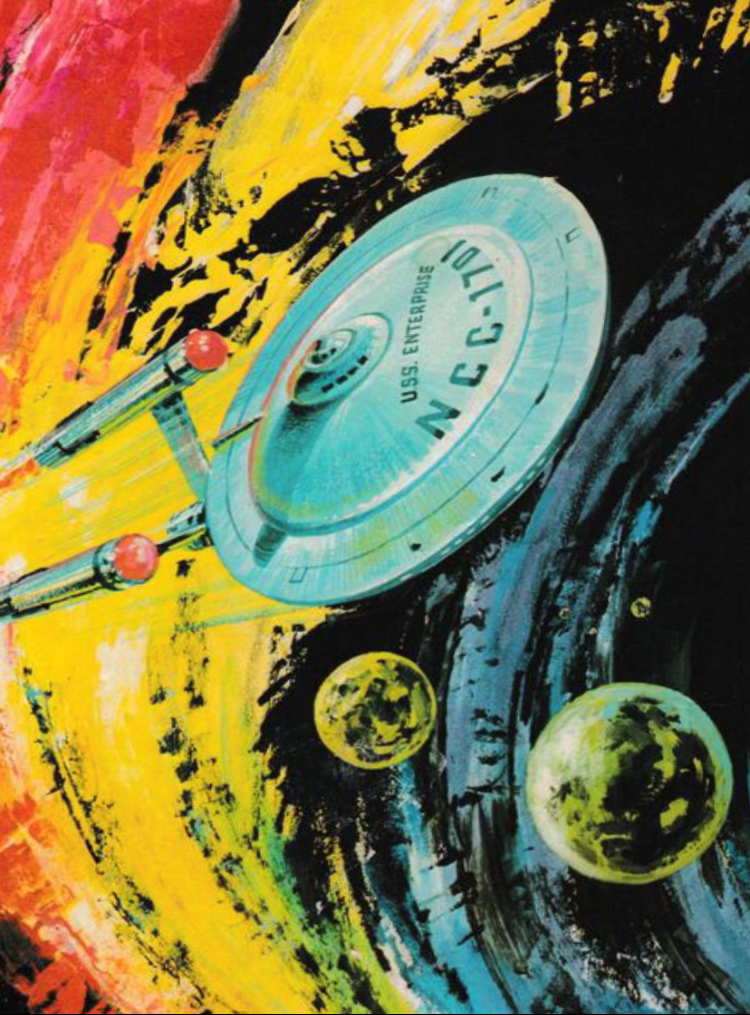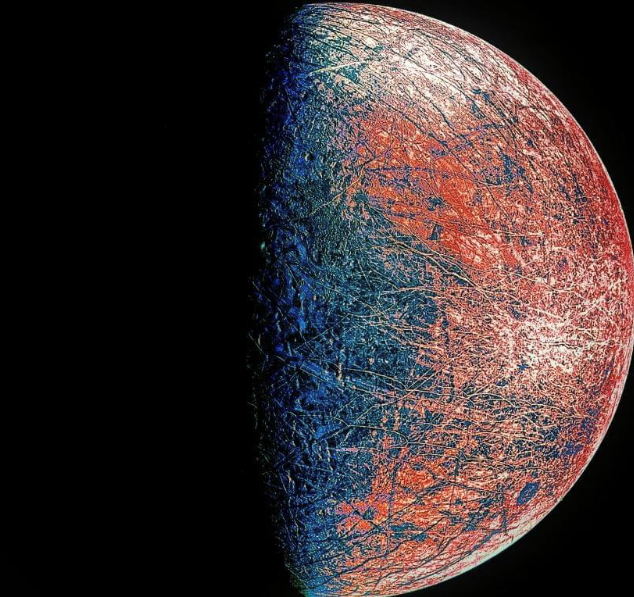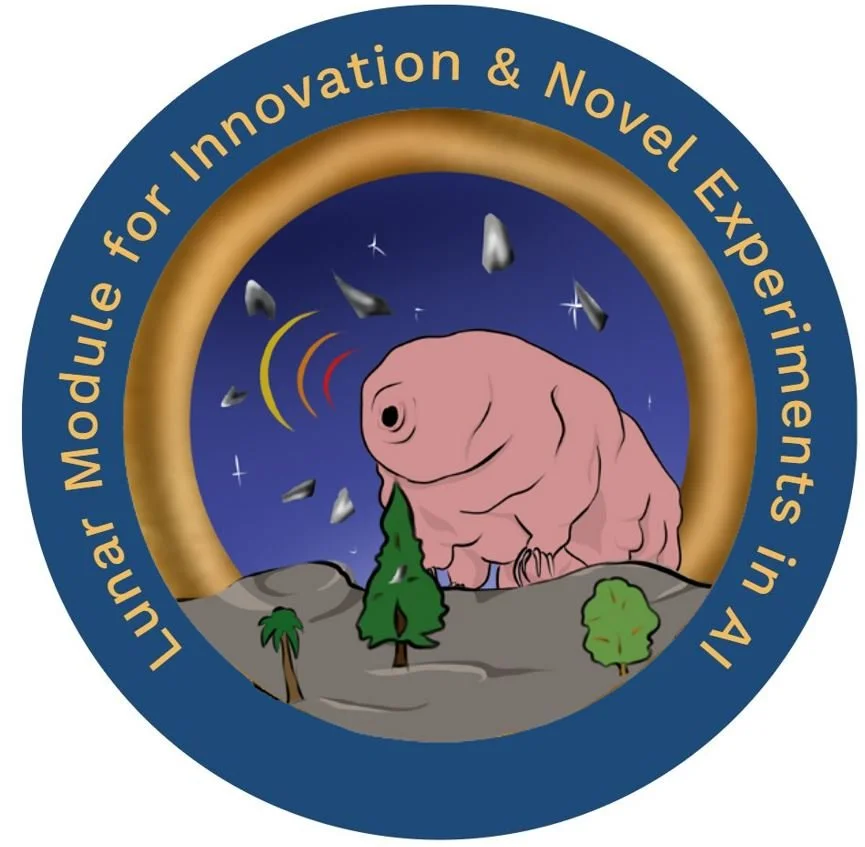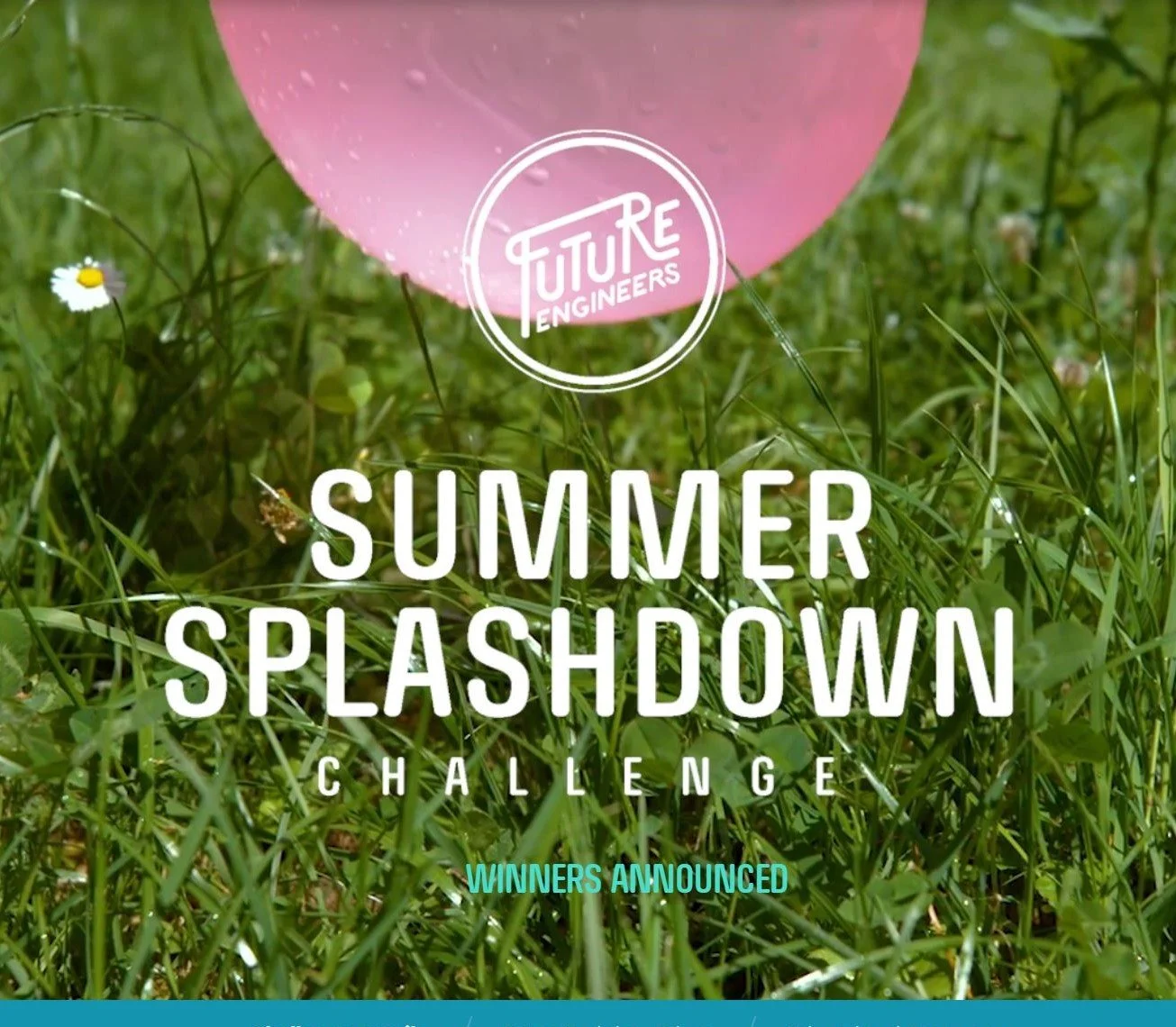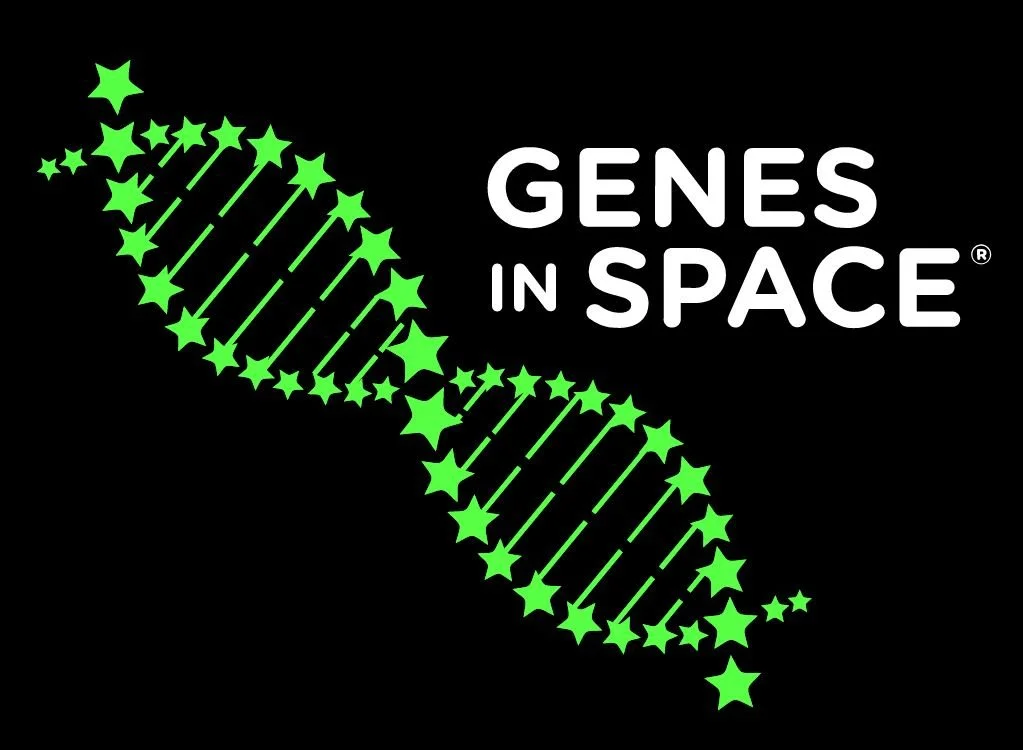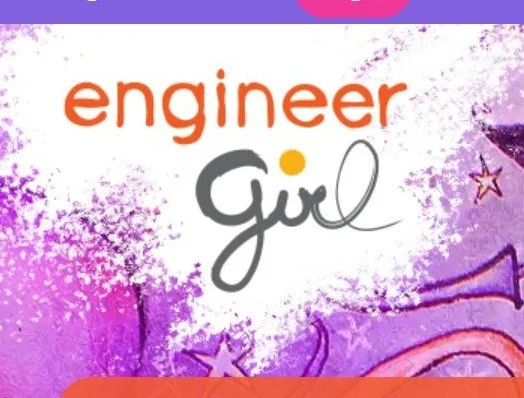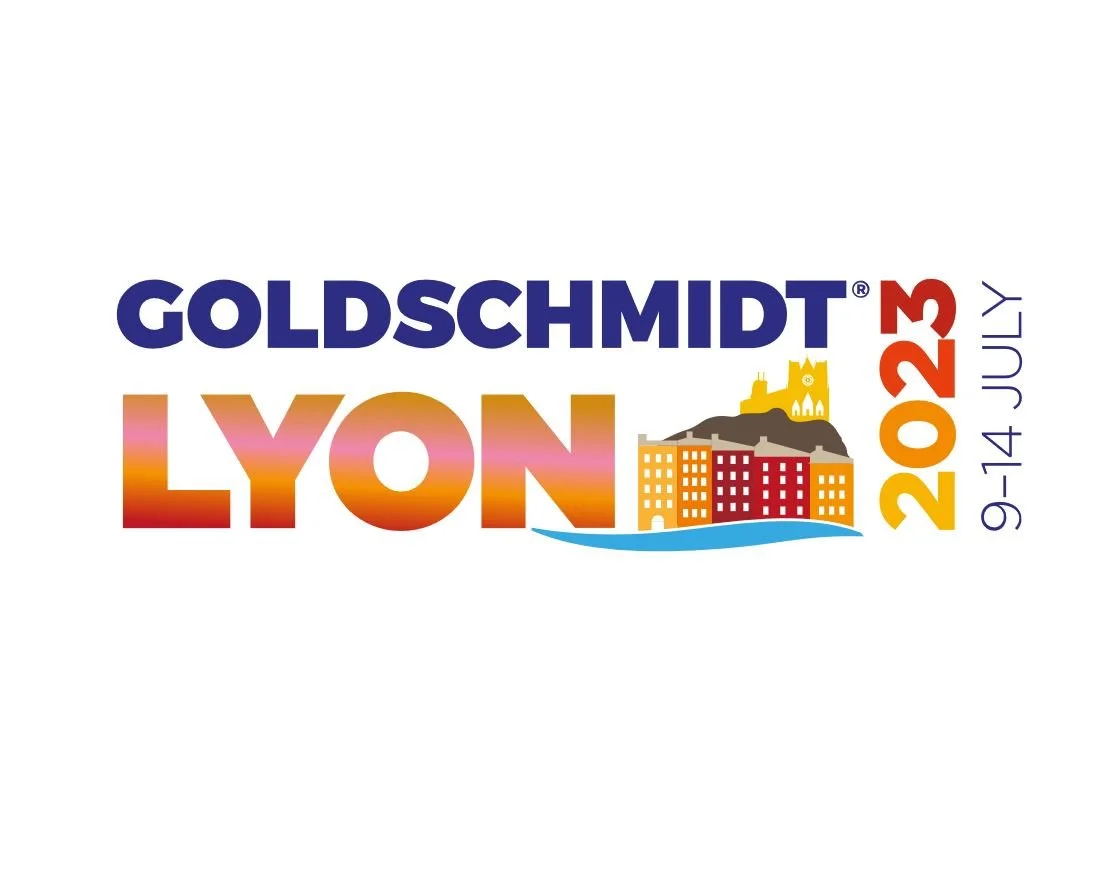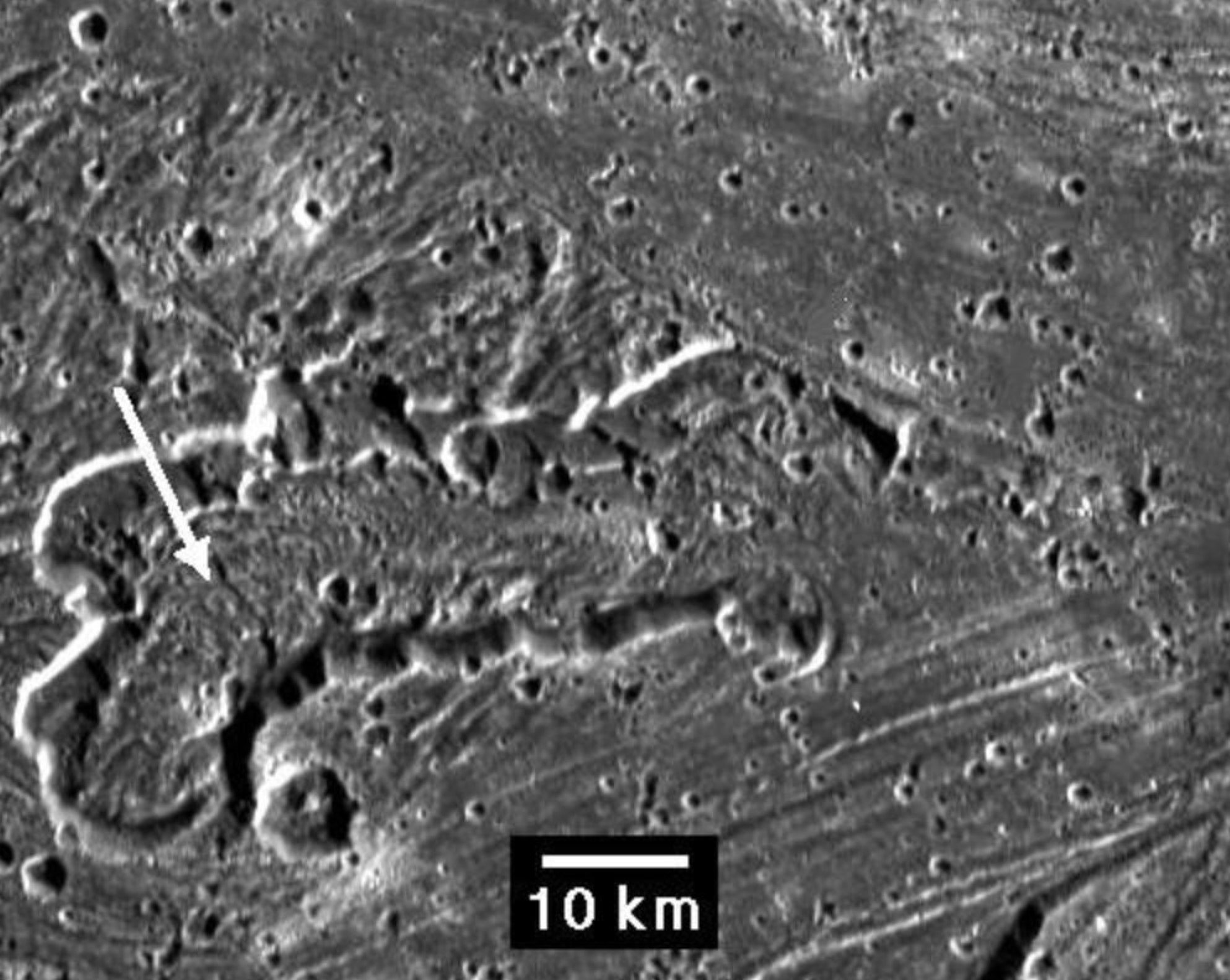
Science curricula should inspire students, be relevant to their futures, and promote critical thinking, teamwork, and global citizenship.
Trudi’s Astra Nova School Courses
Space science topics are one of the easiest ways to engage students in the physical sciences.
-

Astrobiology
Astrobiology is the study of the origins, evolution, distribution, and future of life in the universe. This interdisciplinary field requires a comprehensive, integrated understanding of biological, planetary, and cosmic phenomena. Research in astrobiology comprises three main areas: the study of habitable environments in the Solar System and beyond, the search for planetary biosignatures of past or present extraterrestrial life, and the study of the origin and early evolution of life on Earth.
-
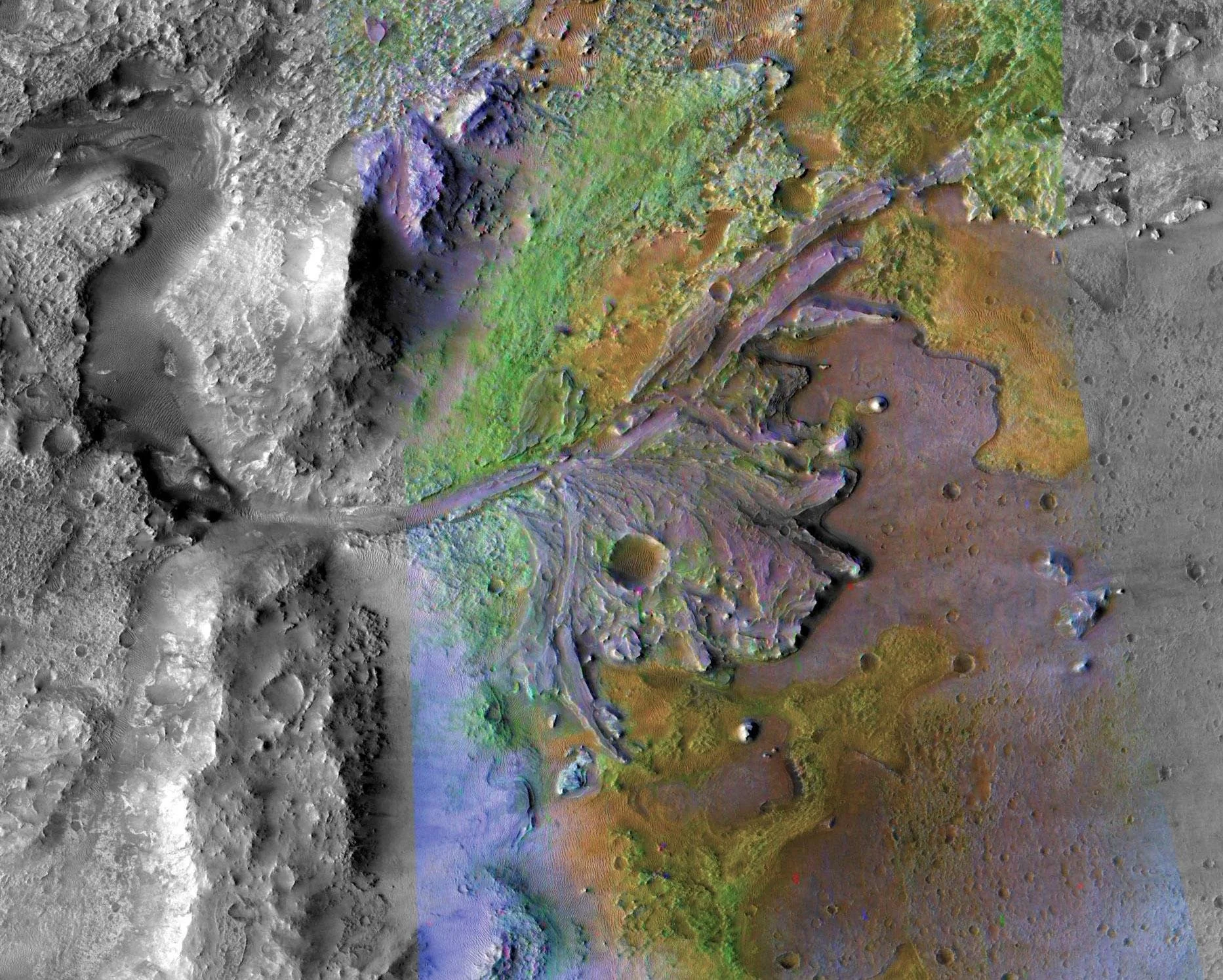
Astrogeology
In this course, students learn about all things astrogeological. Astrogeology studies the geology of the planets and their moons. We learn about geological processes on the terrestrial planets, Mercury, Venus, Earth, and Mars. All topics are covered first from an Earth perspective. That knowledge is then solidified by students sequentially studying sedimentary rocks on Mars and igneous rocks on Mars, Venus and the Moon etc. Students need not have taken astrogeology or earth science courses prior to taking Astrogeology.
-
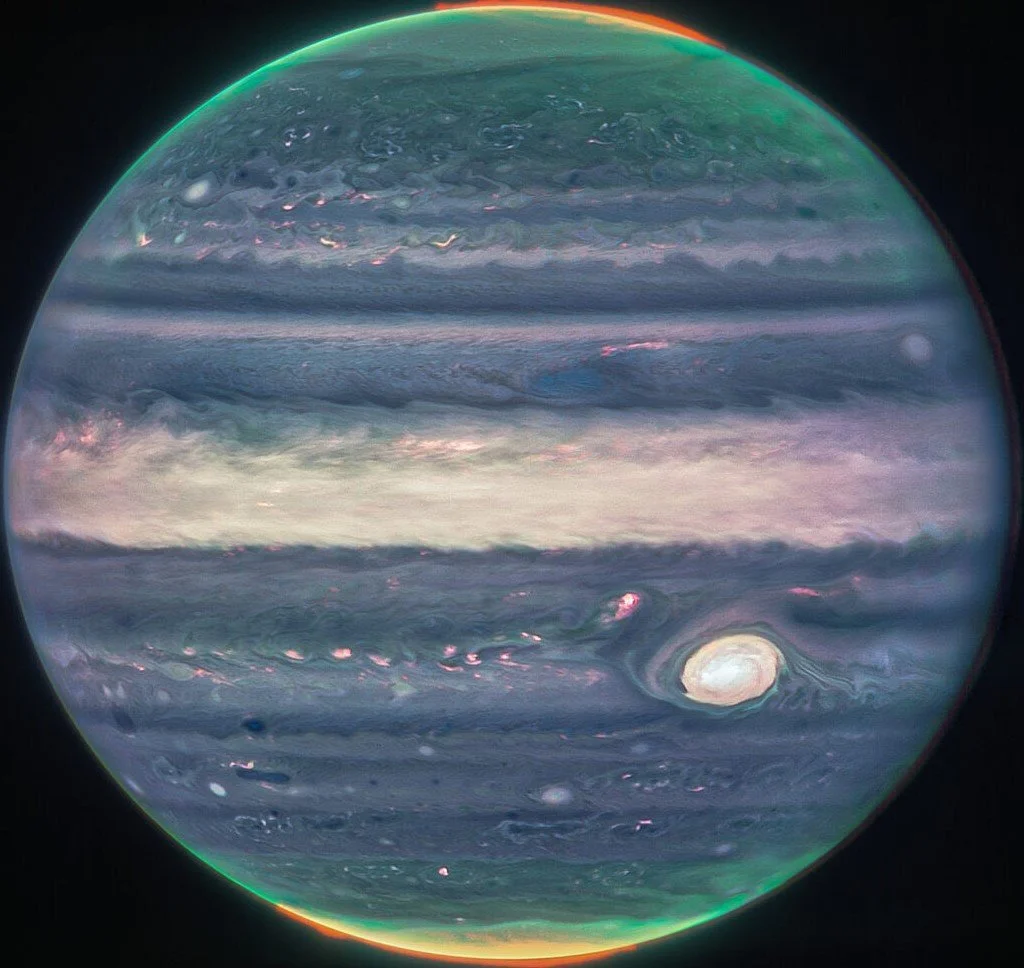
Planetary Science
Planetary Science is the place at Astra Nova where planetary geology, geophysics, and planetary mission design/operation all come together under one intellectual roof. We study the surface features and interiors of planets, moons, asteroids, and comets. Topics covered in semester 3 include the life cycle of stars, craters, moons, planetary missions, rovers, Titan, and Extinction Level Events.
-

Radio Astronomy
Students learn the basics of radio astronomy and will remotely use the 34 meter Goldstone radio telescope to take part in research and exploration. Goldstone is one of three complexes around the world known as the Deep Space Network (DSN) established to provide the ability to communicate with spacecraft; not only in orbit around the earth, but also in the farther reaches of our solar system. The Deep Space Network complexes, placed 120° apart, provide constant communication with spacecraft as the Earth rotates. Topics include studying black holes/quasars, searching for radio signs of extra-terrestrial Intelligence, and helping to monitor the health of the Juno spacecraft orbiting Jupiter.
-

Terraforming
There is no better way to inspire students to become active participants in their own STEM education than learning about Terraforming. It’s also a great way to get students used to thinking about very large and complex scientific and engineering problems from an early age. I’m super thankful to Dr. Jim Green (Former Chief Scientist of NASA) for developing this course with me. Also thanks to Dr. Martyn Fogg (the original creator of Nuke Mars), Dr. Robert Zubrin and Dr. Chris McKay’s pioneering work in this field.
-

The Trudiverse
The Trudiverse (named by an awesome past student Seth N.) is a course that covers general physical science concepts and problem solving techniques through a random collection of interesting topics. Students are introduced to weird and little known phenomena in an interdisciplinary framework. Previous topics have included the Antikythera Mechanism, Balls Pyramid, Sailing Stones, Sun Dogs, Arctic sinkholes, Snow Donut formation, Darvaza crater, Frost Flowers and rare meteorological phenomena (Derechoes, Kelvin-Helmholtz clouds, and Medicanes). No prior knowledge is required.
-

Asteroid Search Team
Welcome to Asteroid Search Team where we learn about asteroids and astrometry while searching for unidentified asteroids using professional grade Astrophysical software. Since Dec./2019, my students have made 190+ confirmed preliminary detections and 31 confirmed provisional discoveries. Provisional discoveries are cataloged by NASA's Minor Planet Center with the student listed as the discoverer and granted naming rights. No prior knowledge is required. Data is provided by IASC from Pan-STARRS.
-

Space Entrepreneurship
With an increasing number of public and private actors involved in the development and provision of space infrastructure and related products and services, the global space economy has been a consistent source of growth, exceeding $400 billion for the first time in 2018. In this class we research the challenges that humans encounter living in space either currently (astronauts residing on the International Space Station (ISS)) or in the future (NASA’s Artemis mission to put humans back on the Moon; humans eventually living on Mars). Working individually or in teams of up to 5, students will create a business solution to their favorite space challenge and write up their solution in the form of a proposal. Classes will be lecture based with time for project work. Taught by Trudi Hoogenboom in collaboration with the Institute of Competitive Sciences (ICS).
-
SciComp
My favorite class to teach is SciComp where students compete in national and international stem competitions. This class teaches proposal writing and project management skills. No lectures, no worksheets, no exams. Just students, forming their own teams, taking control of their own learning experience by choosing their own competitions/topics of interest and running their own projects like junior project managers in training. In this class, teams of students compete in project based international space and general science competitions such as NASA Techrise, MIT THINK, Mars Habitat Design, Conrad Challenge, Space Elevator Competition, Genes in Space, and the Breakthrough Junior Challenge etc.
-
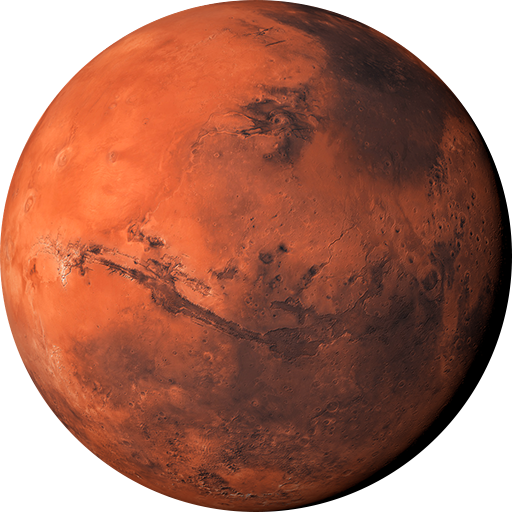
Planetary Research Team
In this course, students learn how to use JMars (planetary mapping GIS software) and AI (Artificial Intelligence) programs to map cave locations and unidentified glaciers on Mars. This course teaches students how to use existing AI software. AI is rapidly becoming an increasingly integral part of our modern world. The technology landscape is constantly evolving. By learning about AI, students develop adaptability, enabling them to embrace and learn new technologies throughout their lives. Students will also learn how to write conference abstracts, give conference presentations, make and present scientific poster presentations and how to write scientific papers (peer-reviewed).
-

Orbital Debris
Orbital Debris is a single semester class where students learn about space junk, its impact on society as well as the basics of satellite communication and spacecraft shielding. 27,000+ pieces of human-made objects are currently being tracked as they orbit the Earth, but that number only includes objects larger than a softball. The actual quantity of space debris 1mm+ is estimated to be closer to 100 million. More than 24,000 satellites are set to launch in the next 10 years. While this represents great progress for the space economy and human space exploration, significant scientific and engineering challenges needs to be solved.
-
Exoplanets
In this course, we learn about exoplanets (planets outside of our solar system) while simultaneously searching for previously undiscovered planets outside of our solar system. Exoplanets are a great way to learn about the electromagnetic spectrum. Students will observe transiting exoplanets, reduce and analyze their own light curve data, and then upload their results to the AAVSO Exoplanet Database. Successful participants will earn an author's credit on published scientific papers resulting from their discovery. To be clear, it's much easier to find an asteroid compared to an Exoplanet and you don't get to name any Exoplanets that you find. Do not choose this class unless your persistance skills are strong:)
-

Climate Science
In this course will be learning about climate science on Earth, Venus and Mars as well participating in the ClimateClimate Science Olympiad 2023Science Olympiad 2023. Some of the topics we will be covering include the causes of climate change (e.g. greenhouse gas emissions, fossil fuels), climate projections and clean energy. This class is open to all ages. This class includes additional material from climatescience.org
-
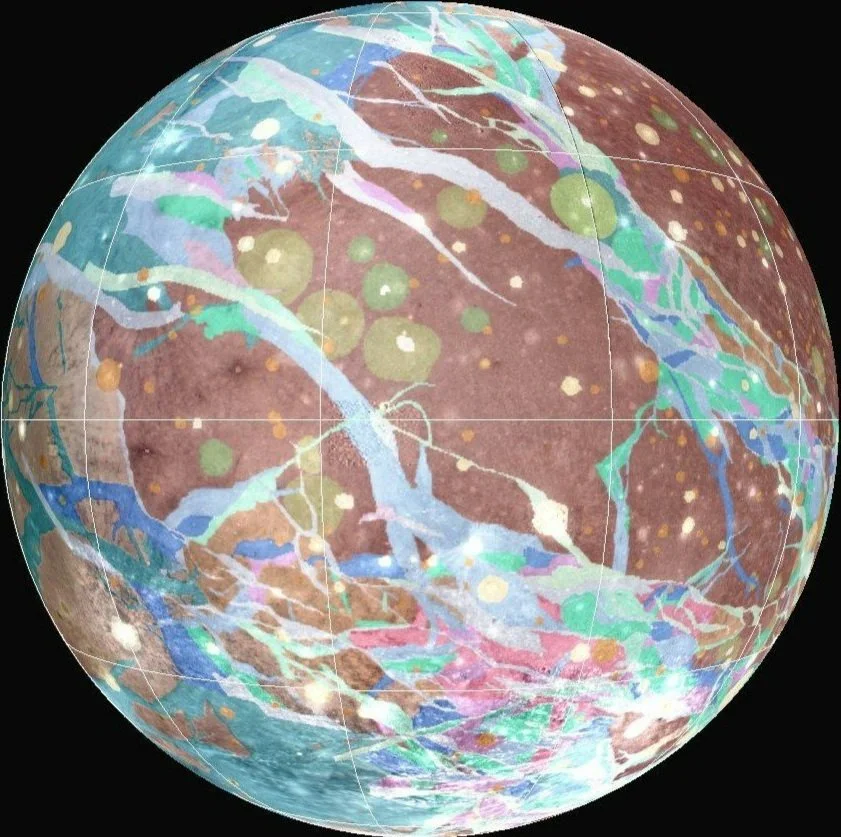
Planetary Science Internship
One of my favorite things to do is to work on currently relevant planetary science research projects with academically focused Grade 8 - 12 students. I usually come up with the research project idea and then work with a student individually. It’s a great way for students to gain deep knowledge in a space science topic/s and also get something tangible out of it (like a peer-reviewed publication or conference abstract).
-

Science Bowl Co-Coach
The U.S. Department of Energy (DOE) National Science Bowl® is a nationwide academic competition that tests students’ knowledge in all areas of science and mathematics. Middle and high school student teams face-off in a fast-paced question-and-answer format, being tested on a range of science disciplines including biology, chemistry, Earth science, physics, energy, and math. Science Bowl is a great way to teach team-work and team communication skills as well as increasing the speed of fundamental science knowledge recall.
-

Martian Greenhouse Co-Coach
Middle and high school student teams work together for a collaborative learning adventure. Each team designs a Martian Greenhouse via experiential, hands-on, and applied learning. The goal is to find solutions to enable us to overcome the technical and scientific challenges of producing food for human habitation on Mars. The majority of professional careers involve working with others to achieve common goals. Learning how to collaborate effectively in a student setting prepares individuals for the collaborative nature of the workplace.
-

Pre-Algebra Support
The objective of Pre-Algebra is to prepare students for the study of Algebra 1 and Algebra 2. Topics in pre-algebra include operations on real numbers; simplifying expressions; solving first-degree equations, inequalities and application problems; graphing linear equations; simplifying exponents; operations on polynomials; and factoring polynomials.
Student Science Competition Successes
If you have the opportunity to incorporate competitions into your science curriculum, do it! Watching your students take charge of their own learning, persevere and succeed is amazing.
When you make the finding yourself - even if you're the last person on Earth to see the light - you'll never forget it.
Carl Sagan (Cosmos)
-
NASA TechRise 2023 - 2024
The NASA TechRise Student Challenge invites teams of sixth to 12th-grade students to design, build, and launch science and technology experiments on high-altitude balloon flights.
Winner: LUMINAS Team
Press Releases:
-
Summer Splashdown Challenge 2023
The Summer Splashdown Challenge is a national engineering competition where K-12 student design a water balloon launcher no larger than 10 feet x 10 feet x 10 feet to launch a standard-sized water balloon (3-4 inches long when filled).
Grade 6-8 Winner: Rainelle Y.
-

NASA TechRise 2022 - 2023
The NASA TechRise Student Challenge invites teams of sixth to 12th-grade students to design, build, and launch science and technology experiments on high-altitude balloon flights.
Winner: BLUEPRINTS Team - Liam W, Malak E-T, Saryu B, Mika N, Leland W, Amalia B, Nova H, Thaman V
Watch the Instrument launch here
Press Releases:
Astra Nova Students' Winning Experiment Takes To The Sky
NASA Awards Students Flight Opportunity in TechRise Challenge
-

NY Times 4th Annual STEM Writing Contest 2023
In collaboration with Science News, the NY Times invited students to find a STEM-related question, concept or issue they were interested in, and, in 500 words or fewer, explain it to a general audience. They received 3,000+ student essays from around the world, and chose 10 winners, 11 runners-up and 23 honorable mentions.
Honorable Mentions: Sara W & Audrielle E
Press Release: A.I., Bioprinting and Glass Frogs: The Winners of Our 4th Annual STEM Writing Contest
-
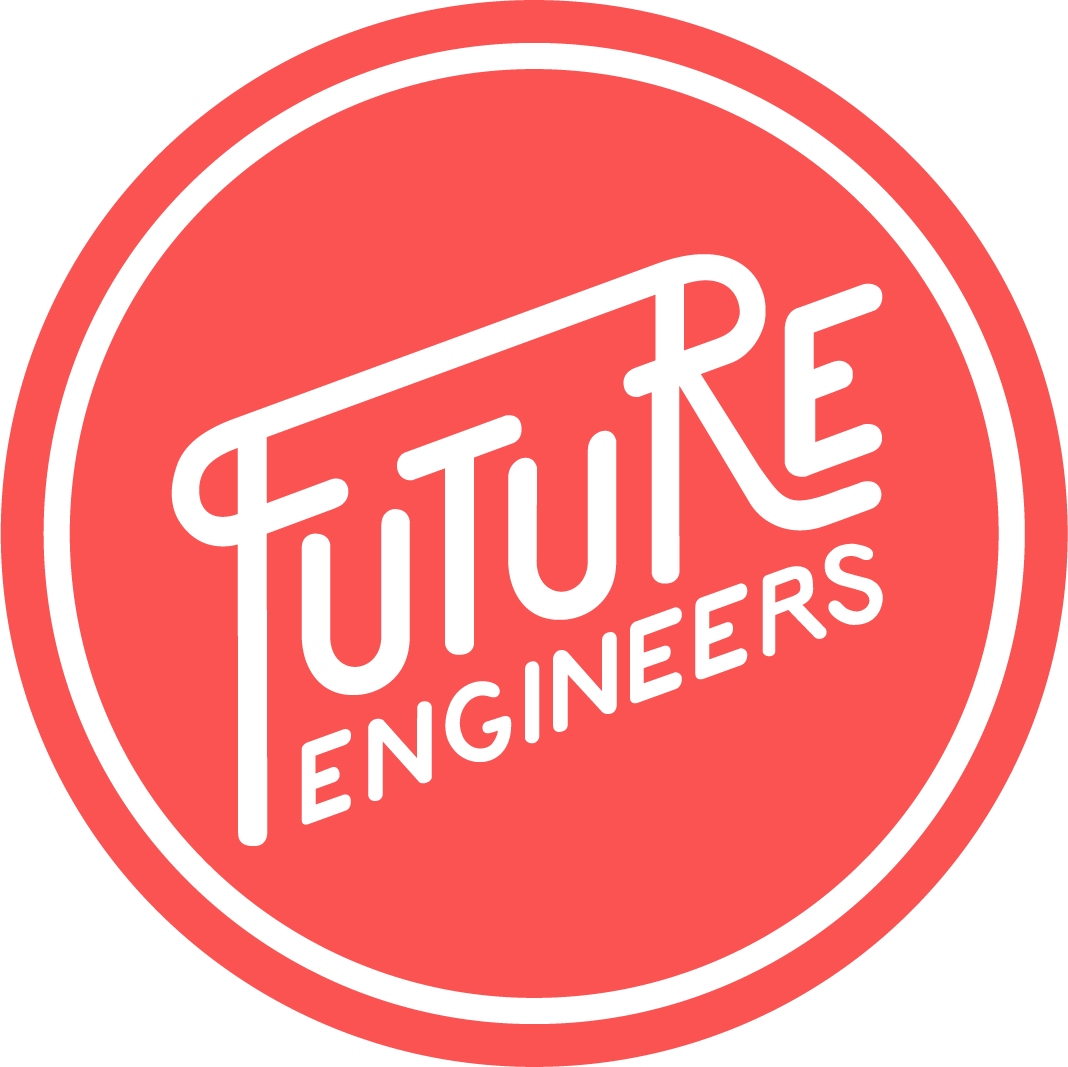
Power to Explore Competition 2023
The Power to Explore Challenge is a national competition for K-12 students. Inspired by the Planetary Science Decadal Survey, contestants were challenged to explore how NASA has powered some of its most famous science missions . The competition asked students to learn about Radioisotope Power Systems (RPS), a type of “nuclear battery” that NASA uses to explore some of the most extreme destinations in our solar system and beyond.
Winner (5th - 8th Grade): Rain Y
Winner (9th - 12th Grade): Paige E.
Press Releases:
3 winners of NASA STEM challenge get tour of Glenn Research Center
Winners of NASA STEM Challenge Tour
Celebrating the student winners of NASAs Power to Explore Challenge
Student winners announced in NASA's RPS contest
NASA Power to Explore Challenge
STEM essay contest winners win close encounter visit to NASA
-
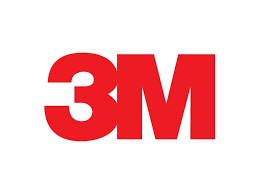
3M Young Scientist Challenge 2023
The 3M Young Scientist Challenge features outstanding innovations from young scientists that utilize the power of science to improve the world. It provides students in grades 5–8 the chance to change their world for the better with a single innovative idea.
State Merit Winner: Subhang B.
Press Releases:
Top 10 2023 3M Young Scientist Challenge finalist: Astra Nova Alumni - Sarah W.
-

Mars Innovation Challenge 2023
The Mars Innovation Challenge, organized by Explore Mars, Inc. called upon aspiring innovators in grades K-12 to tackle the daunting task of conceptualizing future innovations to help humans thrive on Mars and problem solve for Earth. Participants were encouraged to think beyond conventional boundaries and present groundbreaking ideas that could potentially revolutionize human exploration of the Red Planet.
Semi-Finalist (Grade 6-9):
Sage K.
Noah F.
Rudra R., Silas T. and Raya R.
-

LASSIE Mission Patch Design Contest 2023
The LASSIE Robot Logo Design Competition for Grade 8-10 students. LASSIE (Legged Autonomous Surface Science in Analogue Environments) is a NASA funded project testing legged robots over difficult terrains (e.g ice and sand). These robots will enhance scientists' abilities to collect data and test hypothesis in Mars-like sand dune environments and Lunar-like icy environments. The LASSIE robots will carry the winners design during their terrestrial testing work in White Sands (New Mexico) and Mount Hood (Oregon).
Winner: Paige E.
-
Genes in Space 2023
Genes in Space is a national science competition inviting 7-12th grade students to propose DNA experiments on the International Space Station National Laboratory.
Junior Scientist Award: Mika N. Mika’s submission was among the top 5 middle school proposals in the country.
Press Releases:
13-Year-Old From Elon Musk's School Wins Space Science Competition
-
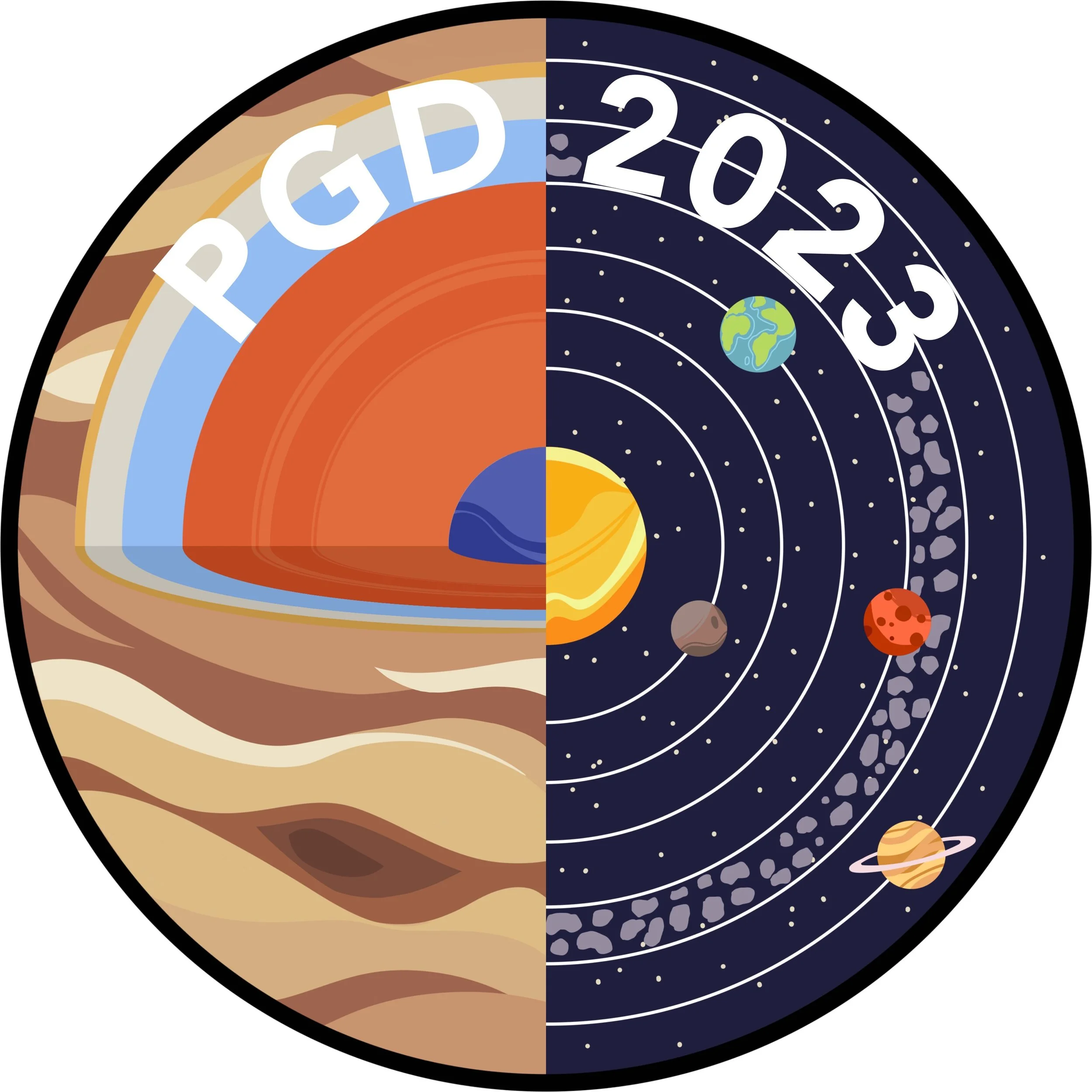
GSA Planetary Geology Division Annual Button Design Contest 2023
Winner: Rain Y and Paige E’s design won the 2023 Geological Society of America Planetary Geology Annual Design Competition. It's really cool for a middle school and high school student to win a design challenge previously only won by university students. I'm really looking forward to seeing their design at the upcoming LPSC and Geological Society of America meetings.
-

Conrad Challenge 2023
Subhang B., Isabella B., Emerson M. and Zeke G. made it through to the the Innovation Stage of the 2023 Conrad Challenge
Also congratulations to Astra Nova School alumni Sumedha K. and her Stanford Online High School teammates Keshav N. and Andrew M. They were selected as the recipients of the 2023 Pete Conrad Scholars Award in the Energy & Environment category. Their innovation (ASK) is designed to provide an easier transition to renewable solar energy. ASK is a revolutionary solution that integrates advanced photovoltaics, energy storage, and thermal absorbers into a single unit. The design eliminates the need for external batteries, reduces energy loss, and increases efficiency by up to 20%.Press Releases:
-
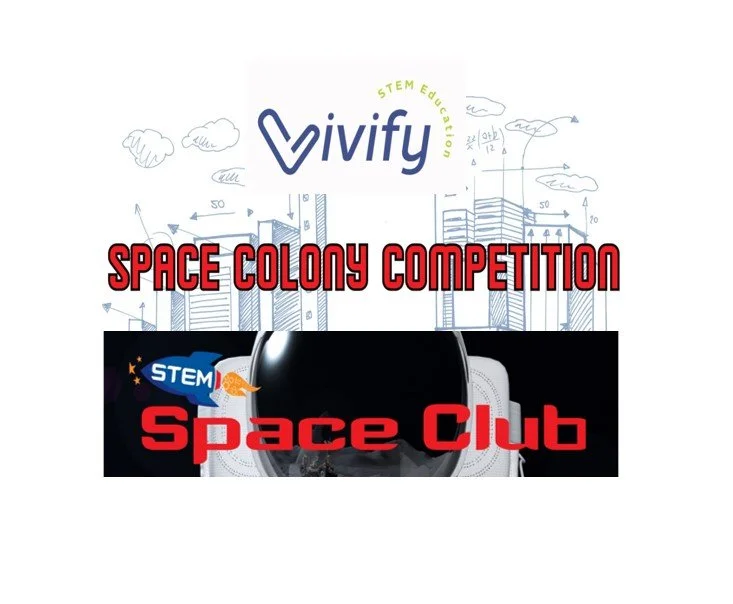
Vivify Stem Space Habitat 2023
Under development
-

NSS 2023
Under development
-

Climate Olympiad 2023
Under development
-
Engineer Girl Essay Competition 2022
The 2022 EngineerGirl Writing Contest showcase how engineers can help humanity meet one of the Sustainable Development Goals. The 2022 EngineerGirl Writing Contest invited students to write an informative essay about how engineering can help humanity meet one of the Sustainable Development Goals.
Finalist (Grade 3-5 Division): Junseo K.
-

WEX Foundation 2022
The WEX Foundations New Worlds Await You (NWAY) program hosted an engingeering design competition for middle school students. Student teams researched lunar habitat design requirements and scientific problems associated with humans living on the Moon. During the semester, teams brainstormed creative solutions and implemented the engineering design process to build a 3D physical model of their habitat and supporting technology. They presented their research and 3D models to STEM professionals in a national competition held virtually (on-line).
Middle and High School Student Publications (Peer-reviewed), Abstracts and Conference Presentations
-
2023 SmallSat Education Conference Presentation
Sean B and Brian B. presented their work on “Space environmentalism and Planetary defense: How Satellites Improve our Understanding of Our Universe” at the SmallSat Education Conference at Kennedy Space Center.
-
2023 Goldschmidt Conference Presentation
Liam W, Malak E-T, Saryu B, Mika N, Leland W, Amalia B, Nova H and Thaman V, presented the results of their phosphine detection instrument design research at the 2023 Goldschmidt Conference in Lyon, France.
Warburton, L., El Tarabeishy, M., Hagen, N., Nonaka, M., Bapatla, S., Battle, A., and Venigalla, T., Phosphine and Trace Gas Measurement Instrument Design in the Earth's Troposphere and Stratosphere, #19003, Goldschmidt (Lyon France) 2023
-
2023 Humans to Mars Summit Conference Presentation
Brian B. presented his work on mitigating space debris at the 2023 Humans to Mars Summit in Washington DC. Thanks to all the scientists and mentors like Lori S. Glaze and Artemis Westenberg who volunteer their time to encourage and support students who love space.
-

2022 Martian Greenhouse 3.0
The Martian Greenhouse Project 3.0 (from One Voice 4 Change in collaboration with the American Institute of Aeronautics and Astronautics (AIAA) and the Aldrin Family Foundation) brings international middle and high school student teams together for a collaborative learning adventure. Each team designs a Martian Greenhouse via experiential, hands-on, and applied learning. The goal is to find solutions to enable us to overcome the technical and scientific challenges of producing food for human habitation on Mars. The top 10 teams presented their Martian Greenhouse designs at the Mars Society Convention.
Mars Society Conference Presentation: Kaitlyn F., Leonid V., Mika N., Saryu B., Sumedha K. and Victoria H.
-
Planetary Caves: A Solar System View of Processes and Products
J. Wynne, J. Mylroie, T. Titus, M. Malaska, D. Buczkowski, P. Buhler, P. Byrne, G. Cushing, A. Davies, A. Frumkin, C. Hansen-Koharcheck, V. Hiatt, J. Hofgartner, T. Hoogenboom, U. Horodyskyj, K. Hughson, L. Kerber, M. Landis, E. Leonard, E. Lesage, A. Lucchetti, M. Massironi, K. Mitchell, L. Penasa, C. Phillips, R. Pozzobon, J. Radebaugh, F. Sauro, R. Wagner, T. Watters
-

NSS
Under development
-

2021 Martian Greenhouse 2.0
The Martian Greenhouse Project 2.0, (One Voice 4 Change in collaboration with the American Institute of Aeronautics (AIAA) and the Aldrin Family Foundation) brings international middle and high school student teams together for a collaborative learning adventure. Each team designs a Martian Greenhouse via experiential, hands-on, and applied learning. The goal is to find solutions to enable us to overcome the technical and scientific challenges of producing food for human habitation on Mars. The top 10 teams presented their Martian Greenhouse designs at the 2021 AIAA Conference.
AIAA Conference Presentation: Saryu B., Kaitlyn F., Victoria H., Sumedha K., Mika N., and Leonid V
Photos Taken by Grade 5-9 Students from the International Space Station using EarthKAM
Students find learning about dendritic river systems, sand dunes, cloud patterns, weather systems, solar farming, and the hydrologic cycle etc, much more engaging if they discover it for themselves by capturing their own photographs from space.
-

ISS Supply Mission
Image: Kian K.
-

26.43° N, 94.61° W
2020/274/19:33:44 (GMT)
Orbit 838
Lens (mm) 180.00
Frame Width (km) 57.83
Frame Height (km) 38.61
Nadir 26.43° N, 94.61° W
Center 26.43° N, 94.61° W
Image: Astra Nova Student
-
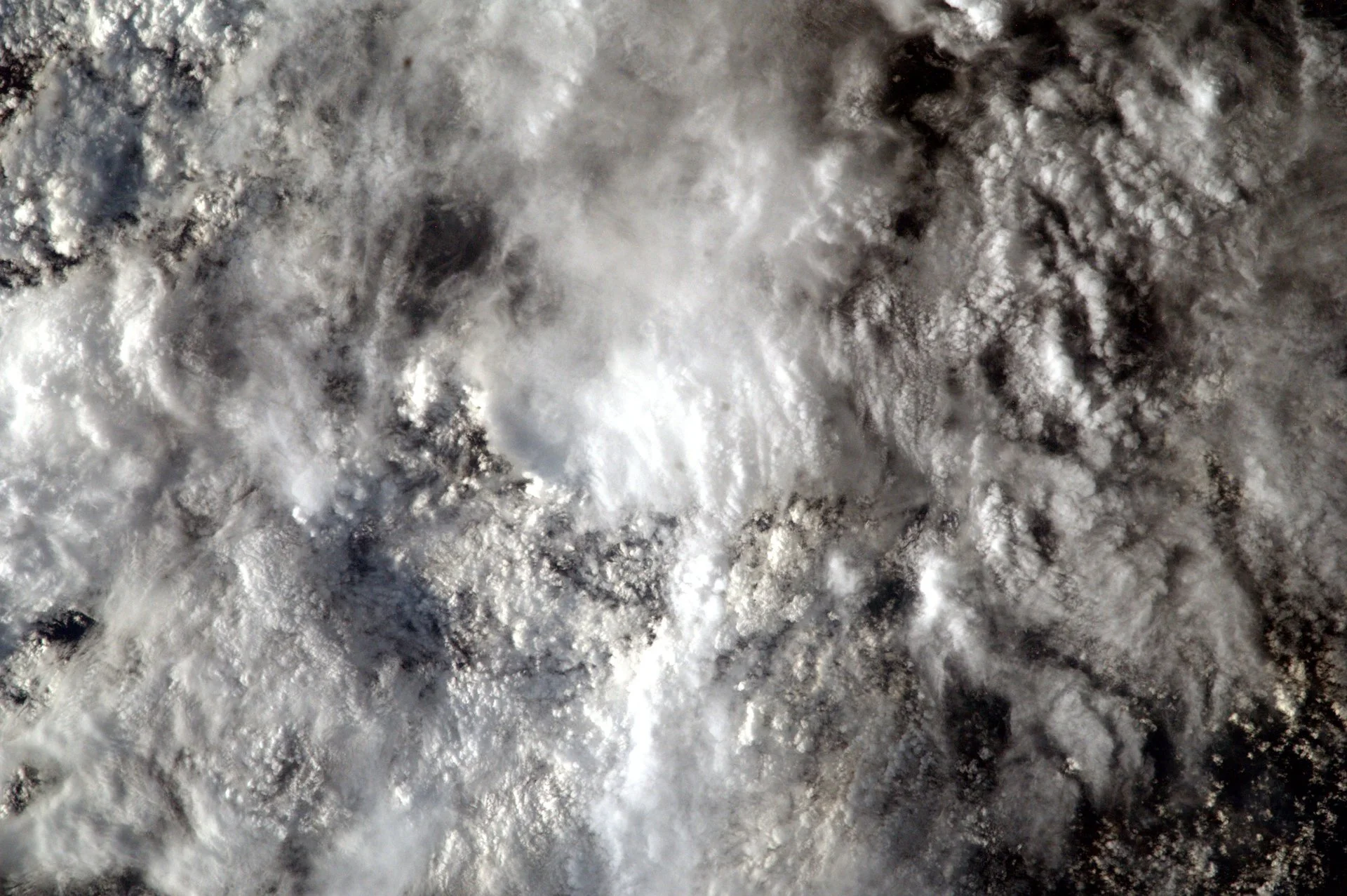
Newfoundland/Labrador
2020/274/19:43:42 (GMT)
Orbit 838
Lens (mm) 180.00
Frame Width (km) 58.20
Frame Height (km) 38.95
Nadir 48.76° N, 56.29° W
Center 48.76° N, 56.29° W
Image: Astra Nova Student
-

Virginia, United States
2020/275/18:51:18 (GMT)
Orbit 853
Lens (mm) 180.00
Frame Width (km) 57.99
Frame Height (km) 38.75
Nadir 37.04° N, 76.34° W
Center 37.04° N, 76.34° W
Image: Astra Nova Student
-
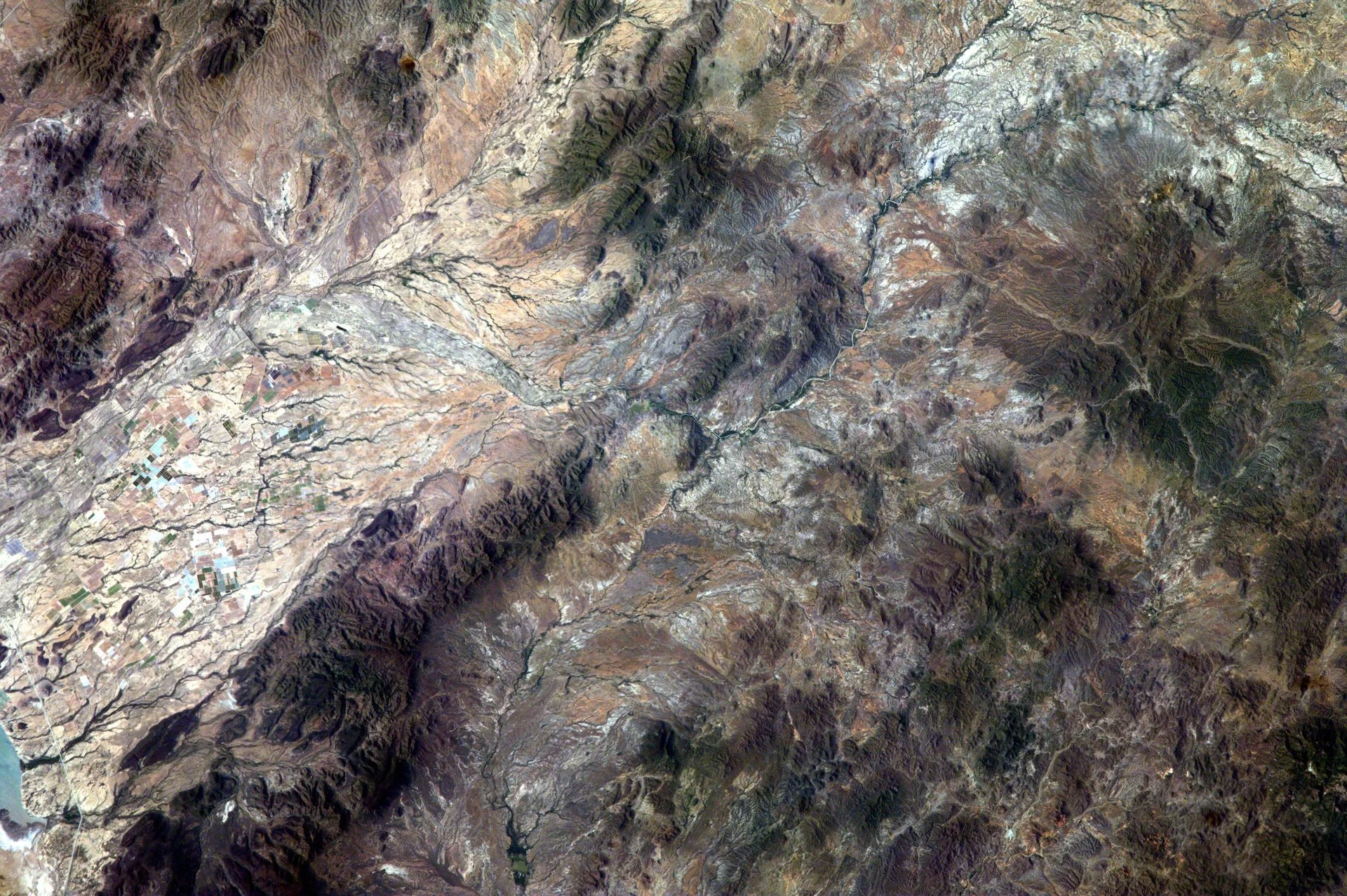
New Mexico, USA
2020/275/20:22:30 (GMT)
Orbit 854
Lens (mm) 180.00
Frame Width (km) 57.94
Frame Height (km) 38.71
Nadir 32.70° N, 105.61° W
Center 32.70° N, 105.61° W
Image: Astra Nova Student
-
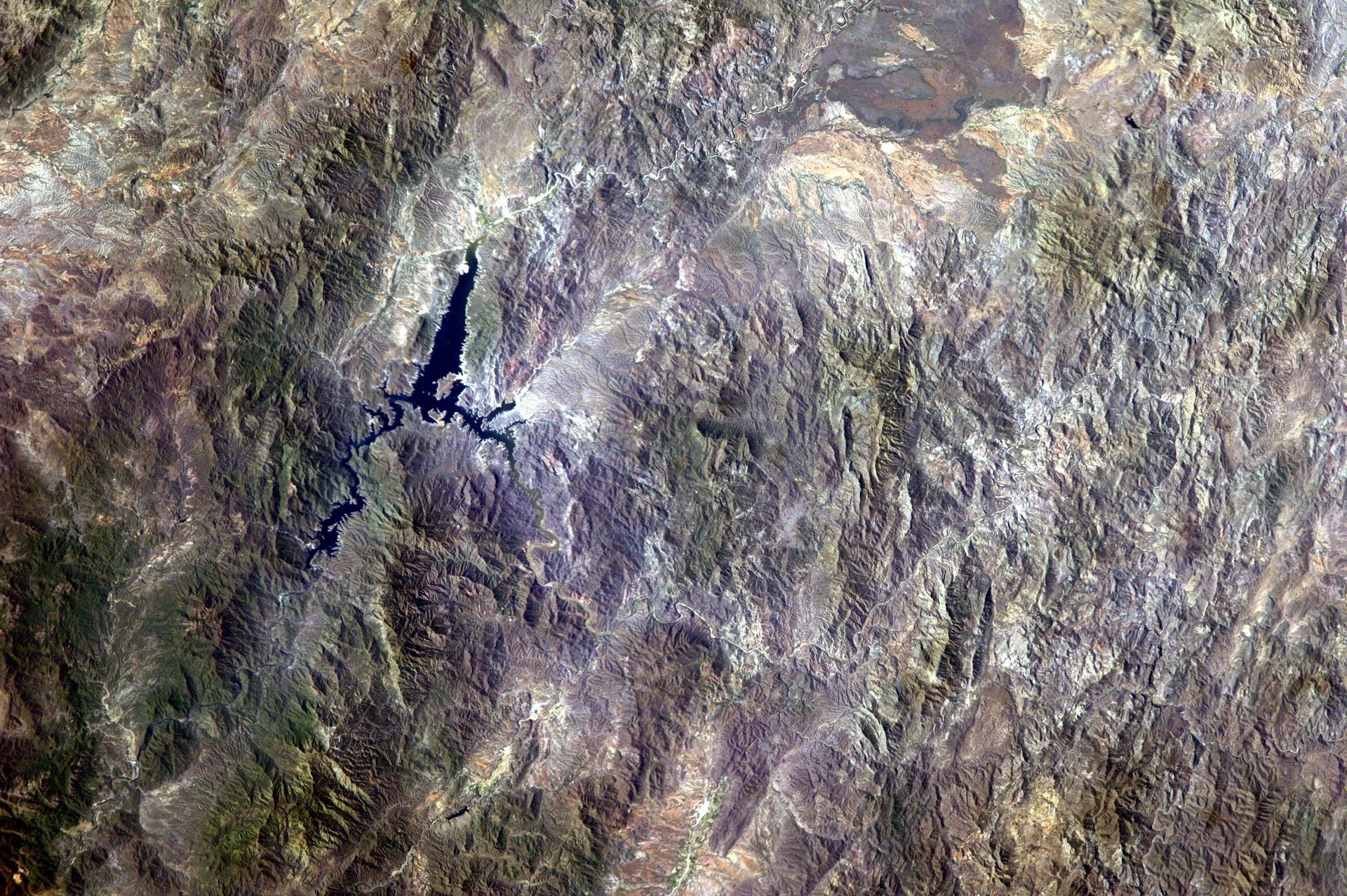
New Mexico, USA
2020/275/20:22:48 (GMT)
Orbit 854
Lens (mm) 180.00
Frame Width (km) 57.94
Frame Height (km) 38.69
Nadir 33.49° N, 104.66° W
Center 33.49° N, 104.66° W
Image: Astra Nova Student
-

Wisconsin, United States
2020/275/20:26:55 (GMT)
Orbit 854
Lens (mm) 180.00
Frame Width (km) 58.09
Frame Height (km) 38.86
Nadir 43.18° N, 89.47° W
Center 43.18° N, 89.47° W
Image: Astra Nova Student
-
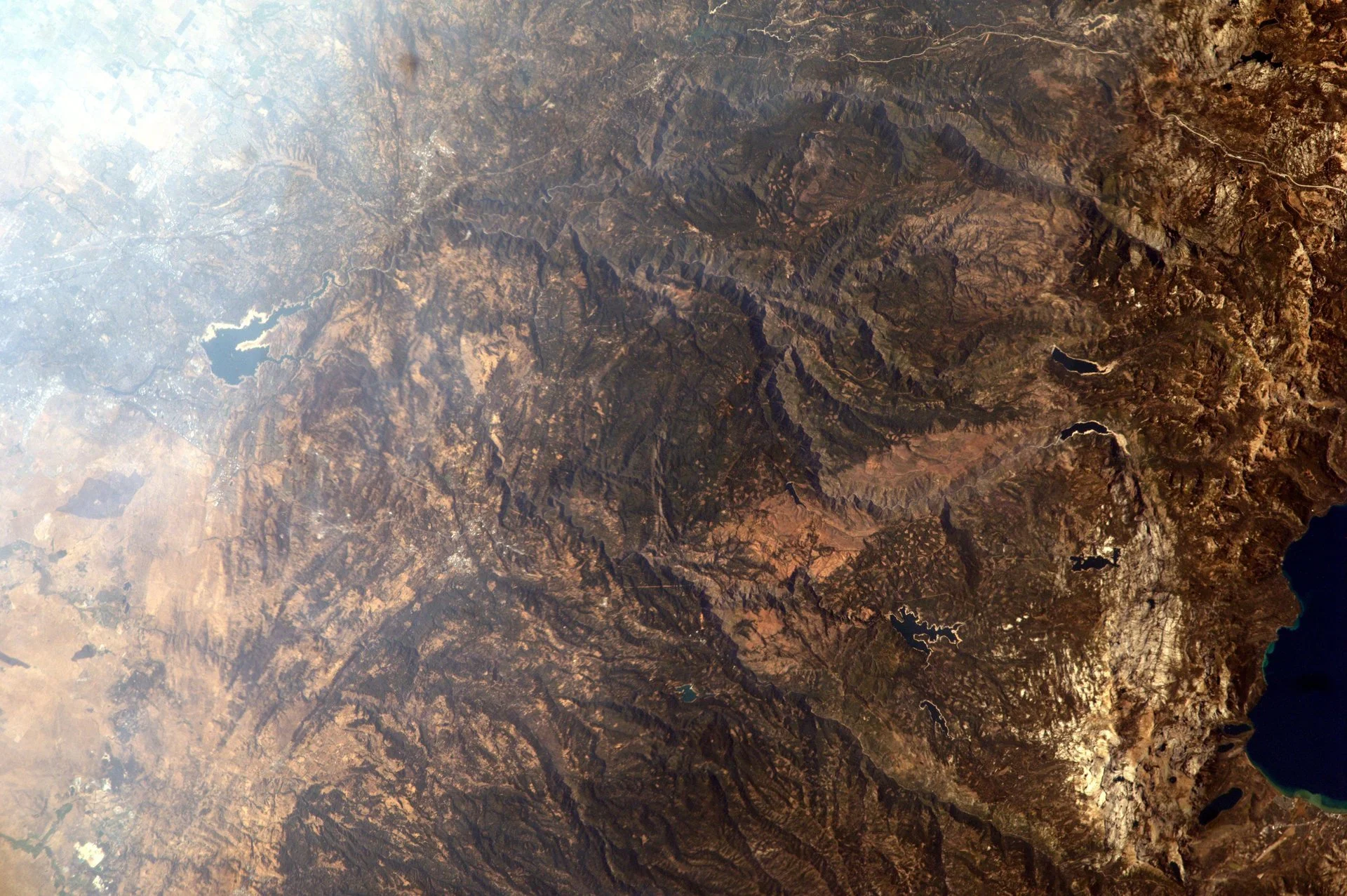
Idaho, United States
2020/275/21:59:31 (GMT)
Orbit 855
Lens (mm) 180.00
Frame Width (km) 58.07
Frame Height (km) 38.87
Nadir 42.55° N, 114.35° W
Center 42.55° N, 114.35° W
Image: Dylan H.
-
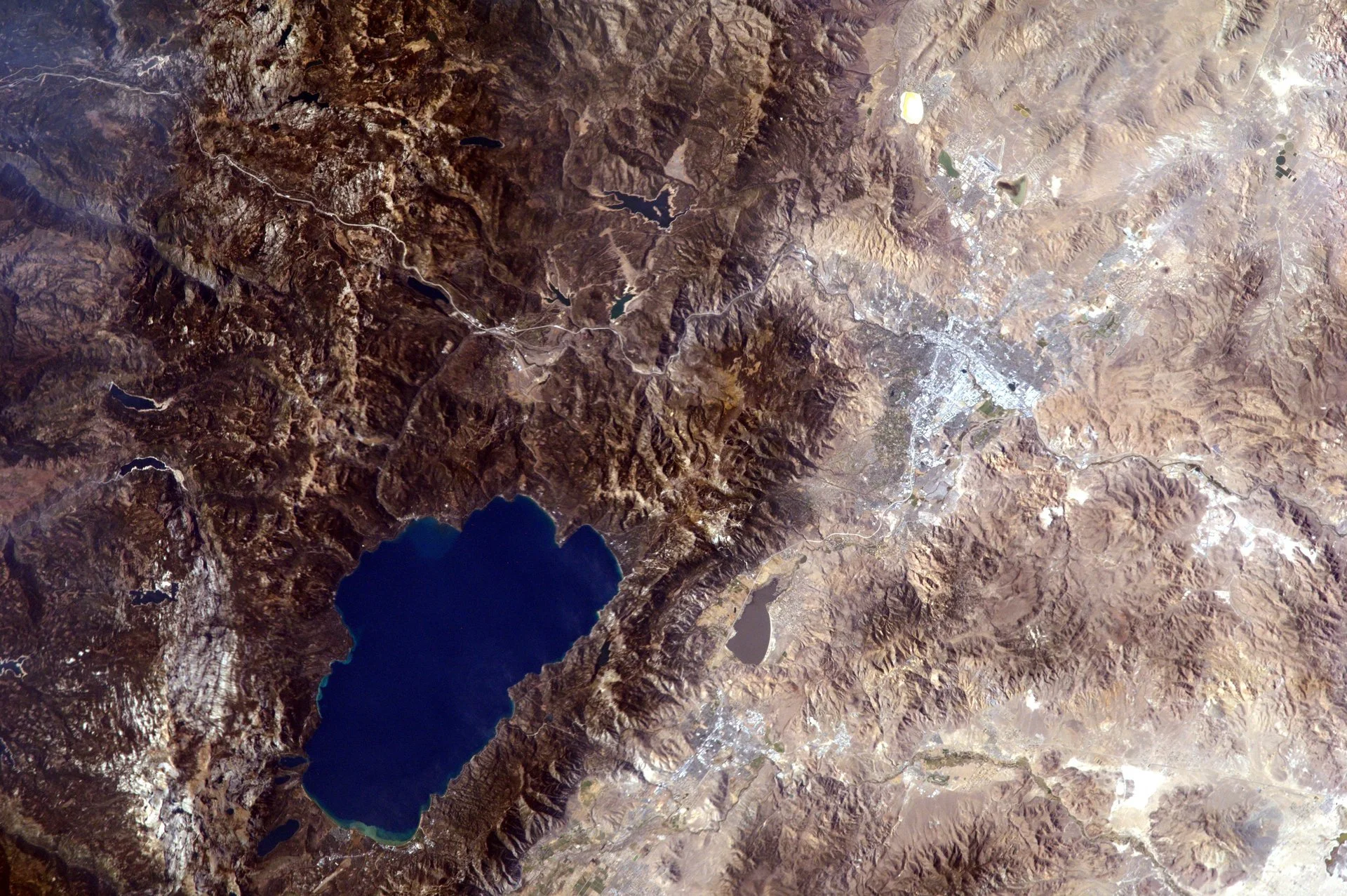
Idaho, United States
2020/275/21:59:43 (GMT)
Orbit 855
Lens (mm) 180.00
Frame Width (km) 58.11
Frame Height (km) 38.86
Nadir 42.97° N, 113.52° W
Center 42.97° N, 113.52° W
Image: Miles O.
-
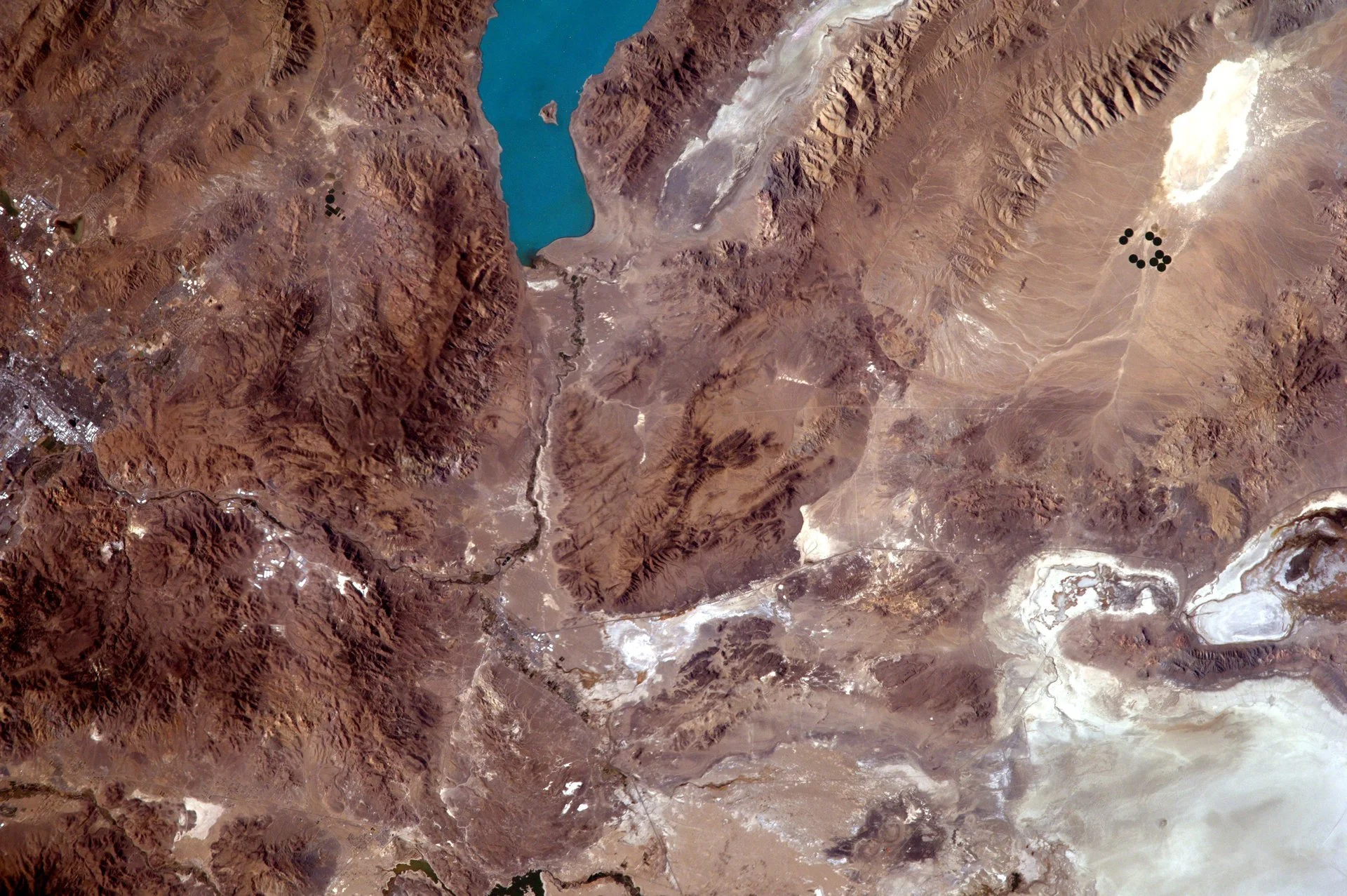
Idaho, United States
2020/275/21:59:55 (GMT)
Orbit 855
Lens (mm) 180.00
Frame Width (km) 58.12
Frame Height (km) 38.88
Nadir 43.38° N, 112.66° W
Center 43.38° N, 112.66° W
Image: Miles O.
-

Wyoming, United States
2020/275/22:00:22 (GMT)
Orbit 855
Lens (mm) 180.00
Frame Width (km) 58.12
Frame Height (km) 38.88
Nadir 44.28° N, 110.71° W
Center 44.28° N, 110.71° W
Image: Pasha S, Winston L & Miles O.
-

Australia, Oceania
2020/275/23:05:34 (GMT)
Orbit 856
Lens (mm) 180.00
Frame Width (km) 59.14
Frame Height (km) 39.53
Nadir 33.69° S, 150.95° E
Center 33.69° S, 150.95° E
Image: Anthony H.
-
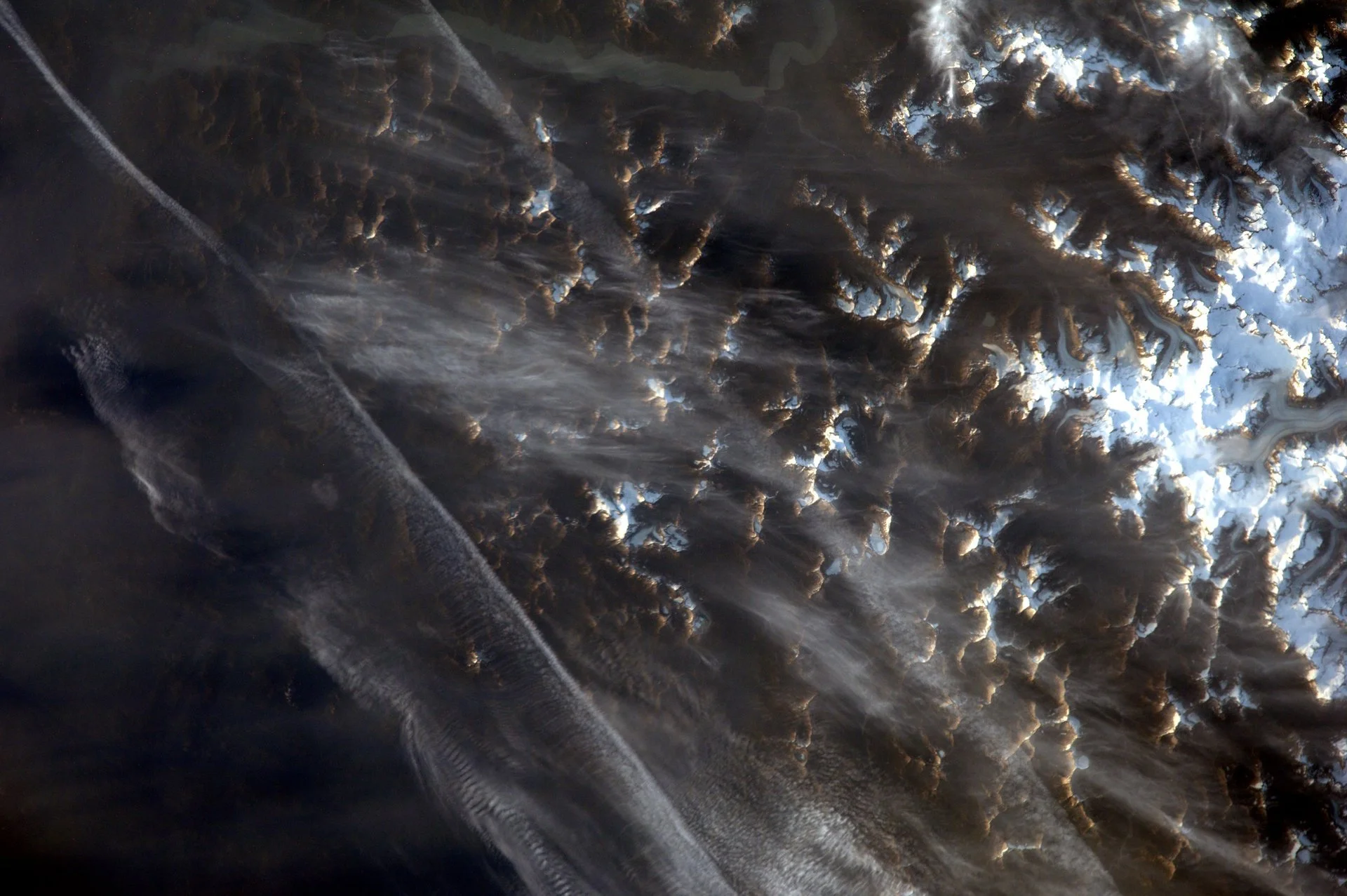
British Columbia
2020/276/01:13:42 (GMT)
Orbit 857
Lens (mm) 180.00
Frame Width (km) 58.29
Frame Height (km) 39.01
Nadir 51.76° N, 117.06° W
Center 51.76° N, 117.06° W
Image: Dylan H. & Julian D.
-
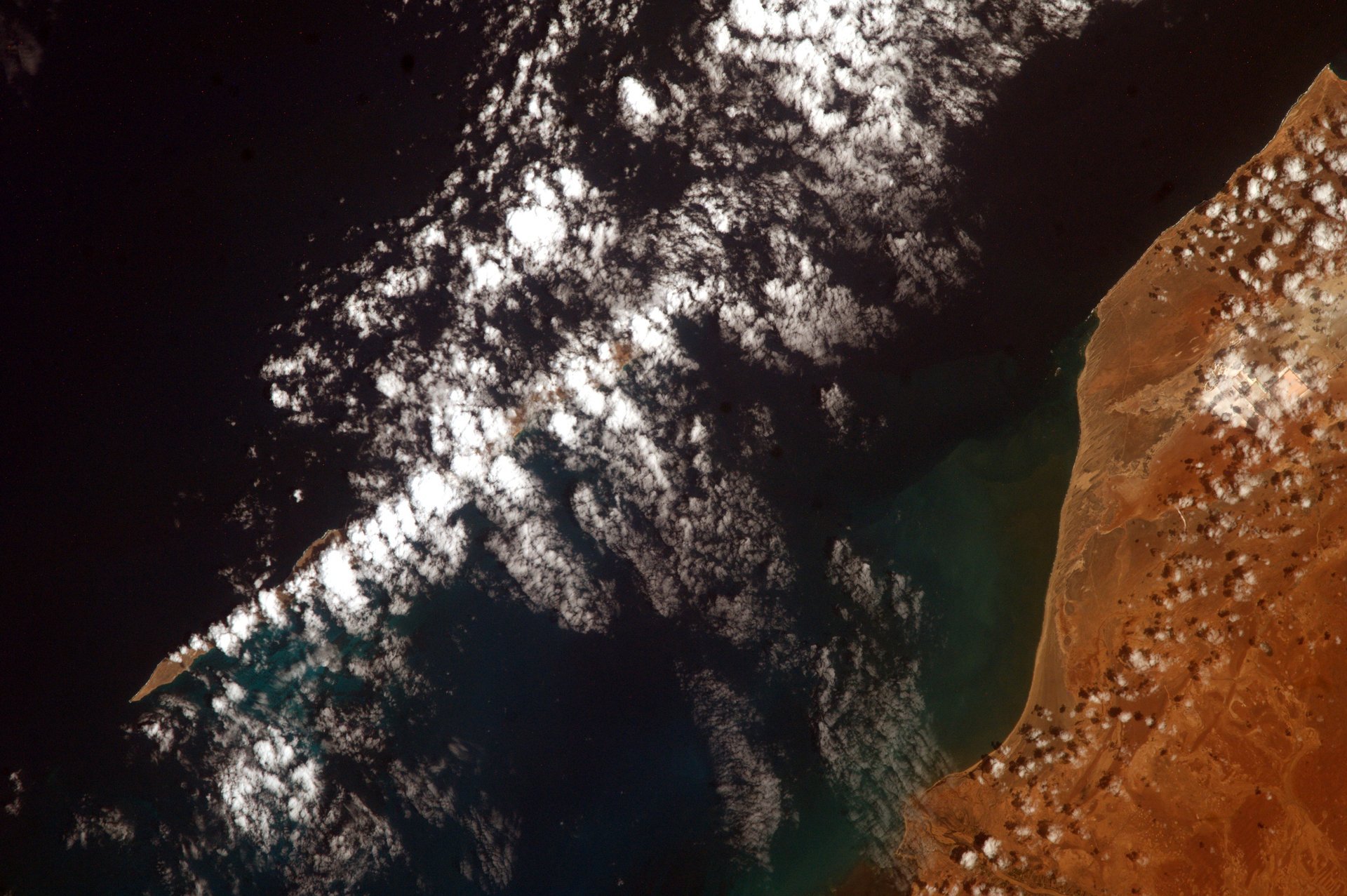
20.01° S, 117.48° E
2020/276/02:16:18 (GMT)
Orbit 858
Lens (mm) 180.00
Frame Width (km) 58.52
Frame Height (km) 39.09
Nadir 20.01° S, 117.48° E
Center 20.01° S, 117.48° E
Image: Dylan H.
-
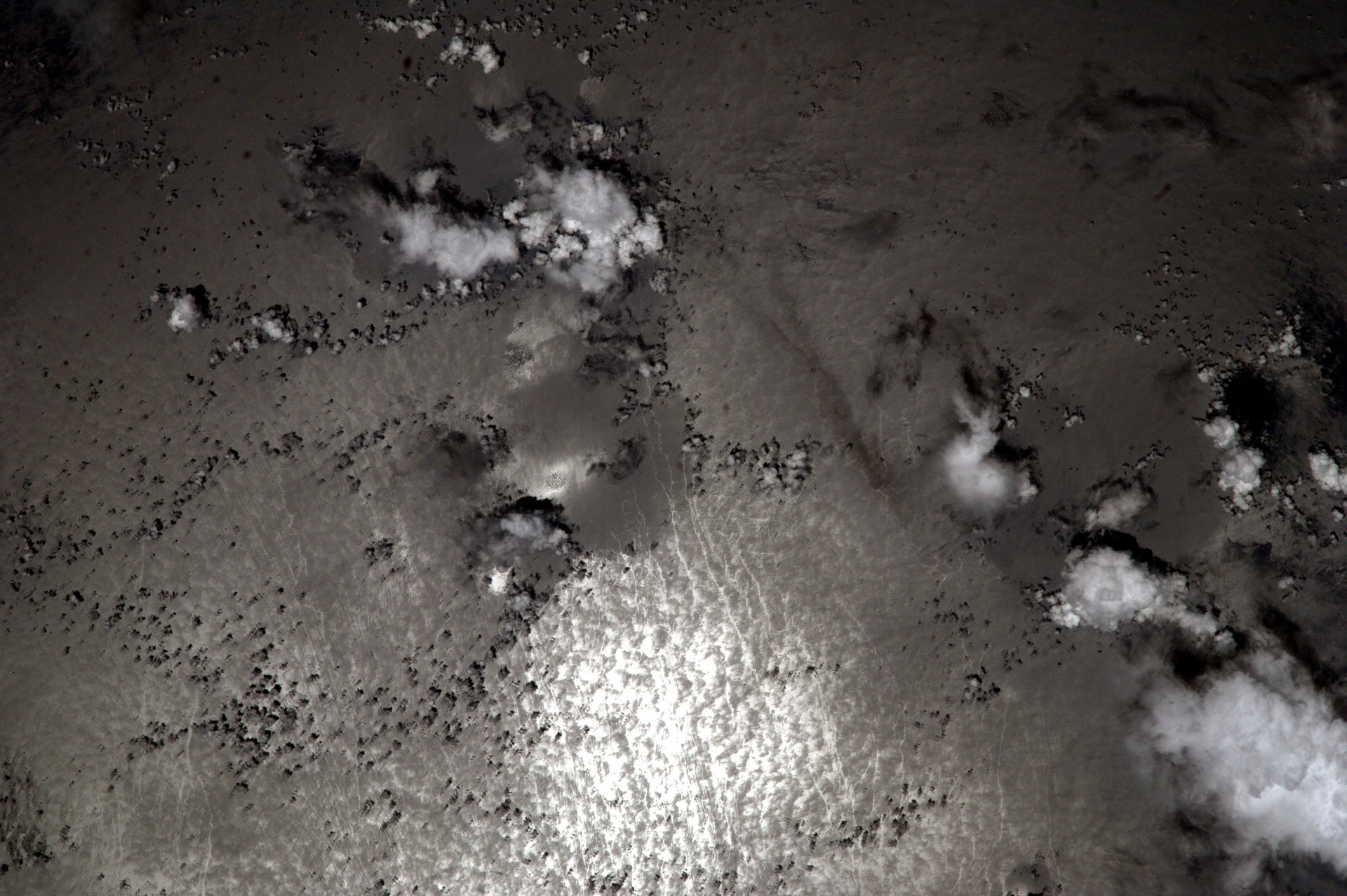
11.64° N, 140.81° E
2020/276/02:26:46 (GMT)
Orbit 858
Lens (mm) 180.00
Frame Width (km) 57.80
Frame Height (km) 38.59
Nadir 11.64° N, 140.81° E
Center 11.64° N, 140.81° E
Image: Anthony H.
-
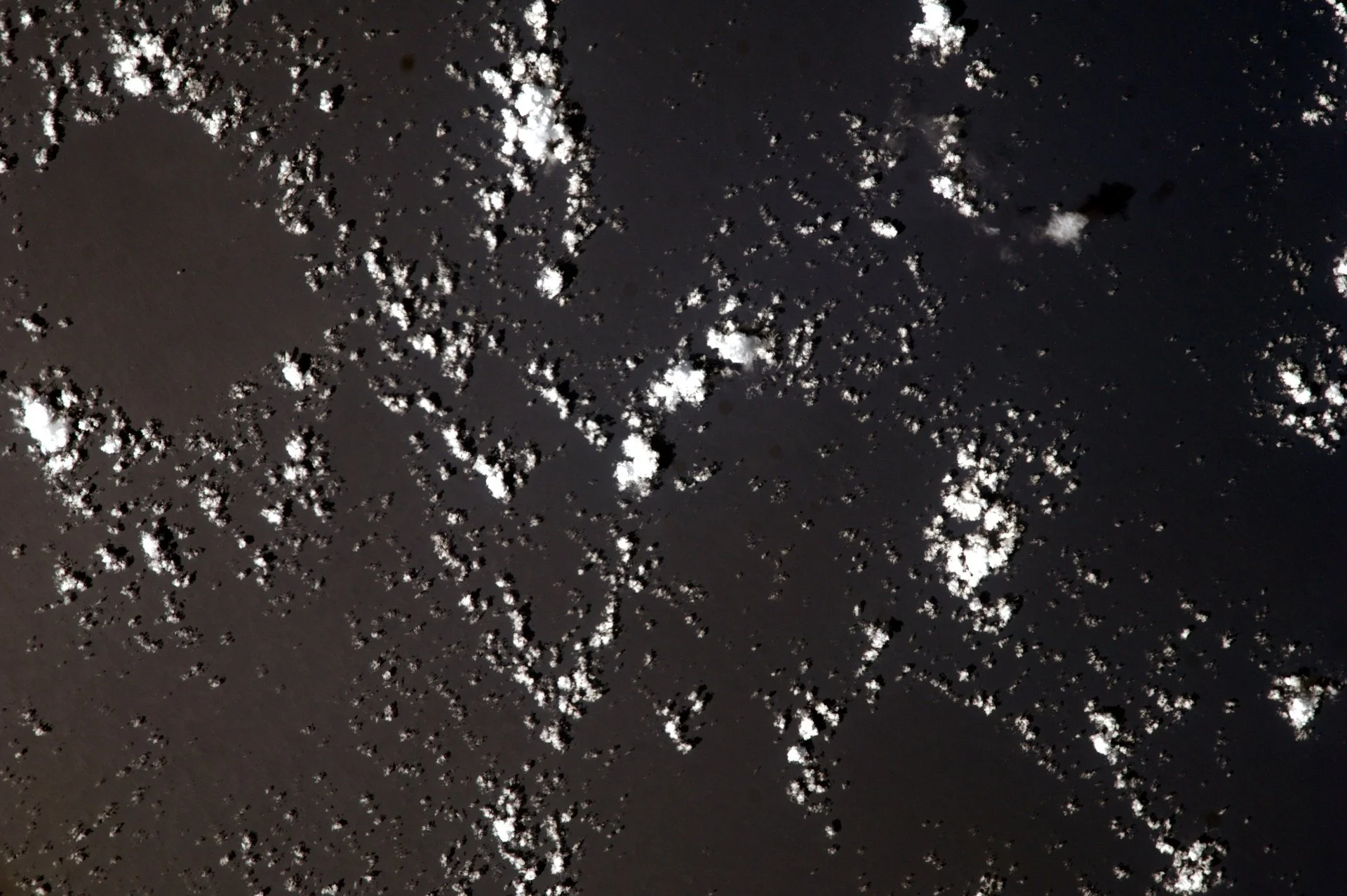
Oman, Asia
2020/276/08:42:30 (GMT)
Orbit 862
Lens (mm) 180.00
Frame Width (km) 57.82
Frame Height (km) 38.59
Nadir 23.79° N, 56.30° E
Center 23.79° N, 56.30° E
Image: Kian K.
-
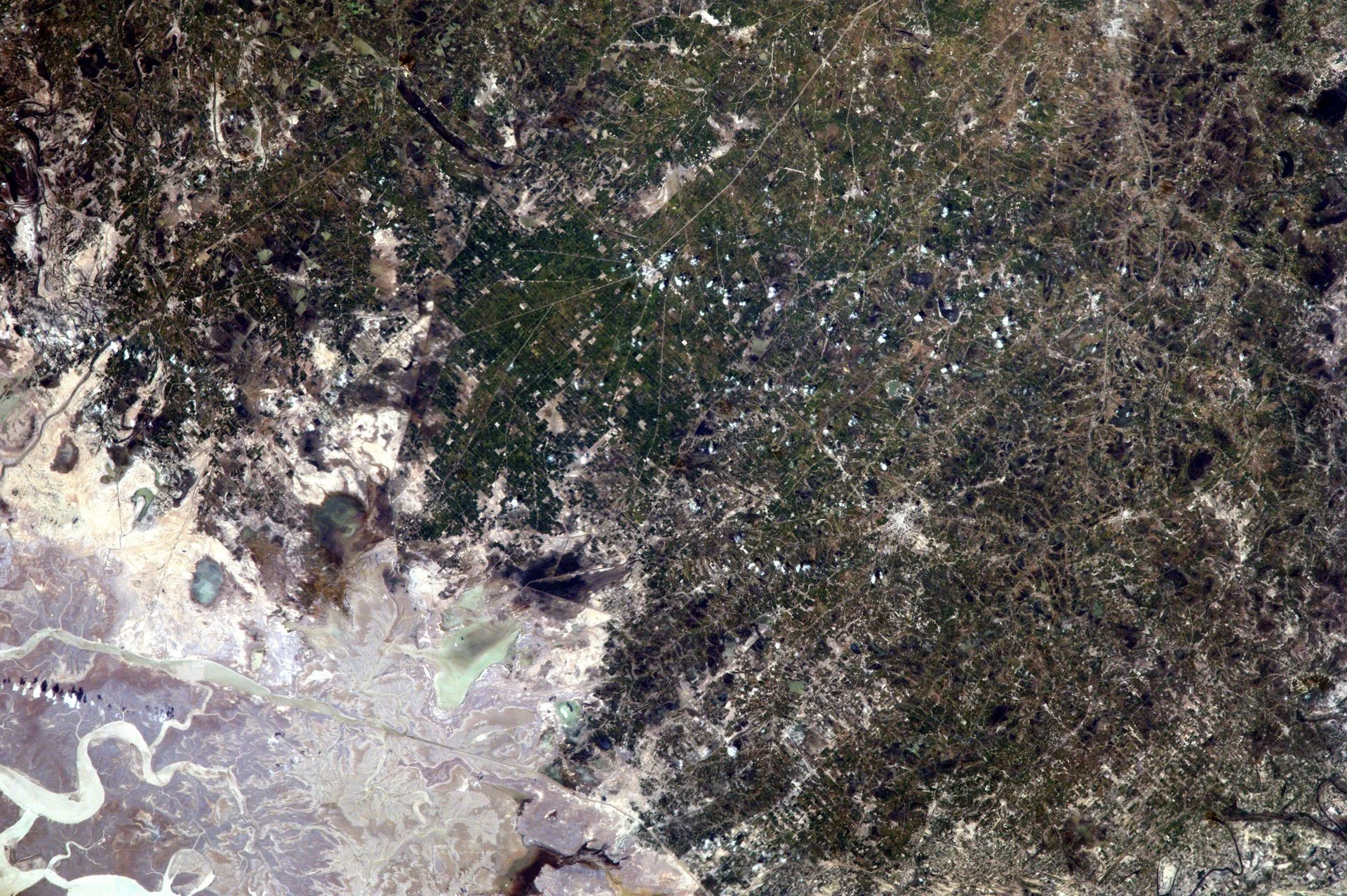
India, Asia
2020/278/07:11:48 (GMT)
Orbit 892
Lens (mm) 180.00
Frame Width (km) 57.84
Frame Height (km) 38.68
Nadir 29.89° N, 74.08° E
Center 29.89° N, 74.08° E
Image: Dylan H.
-
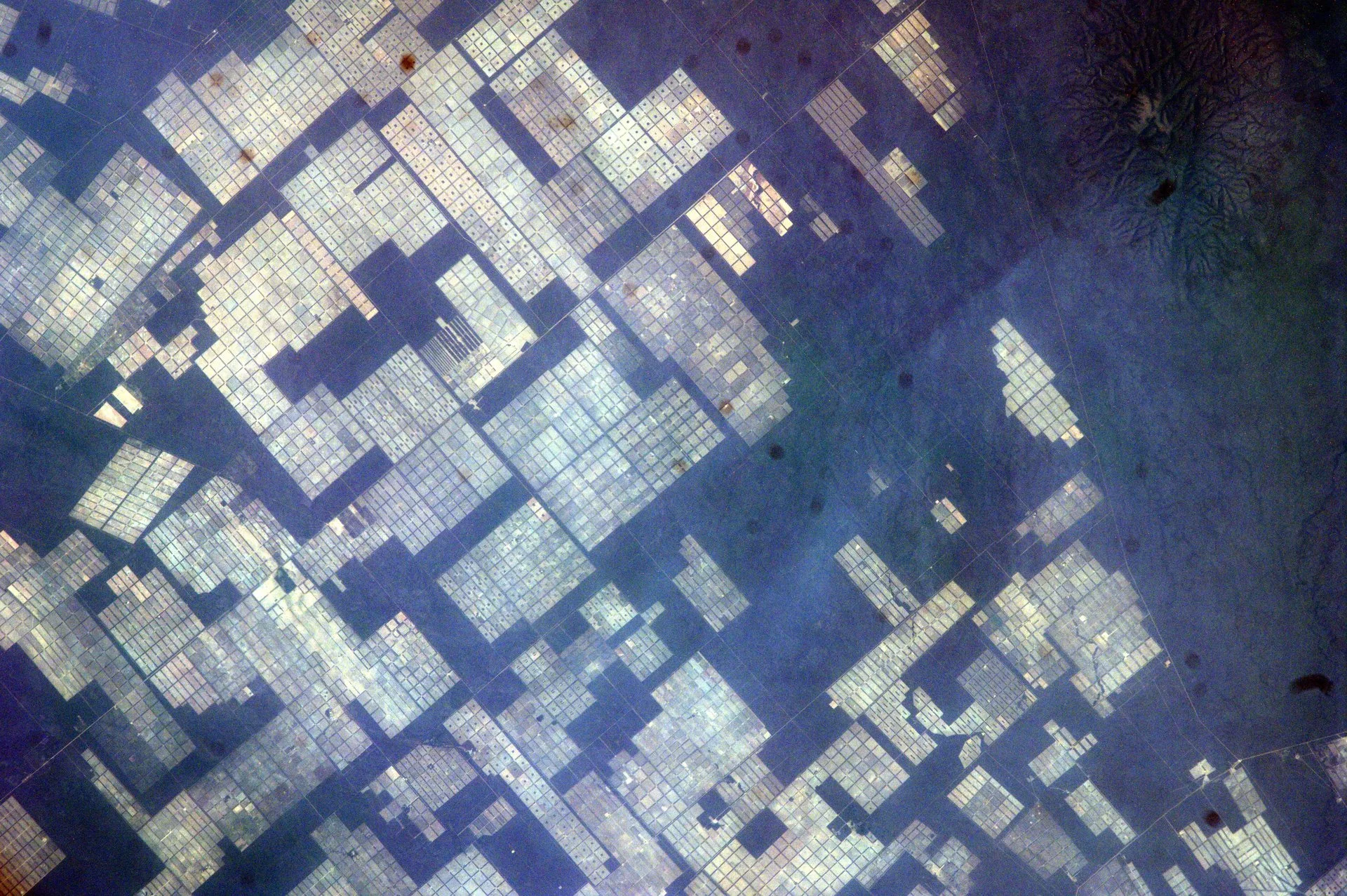
Brazil, South America
2020/278/13:08:25 (GMT)
Orbit 896
Lens (mm) 180.00
Frame Width (km) 58.29
Frame Height (km) 38.87
Nadir 14.8° S, 55.44° W
Center 14.8° S, 55.44° W
Image: Emerson M.
-
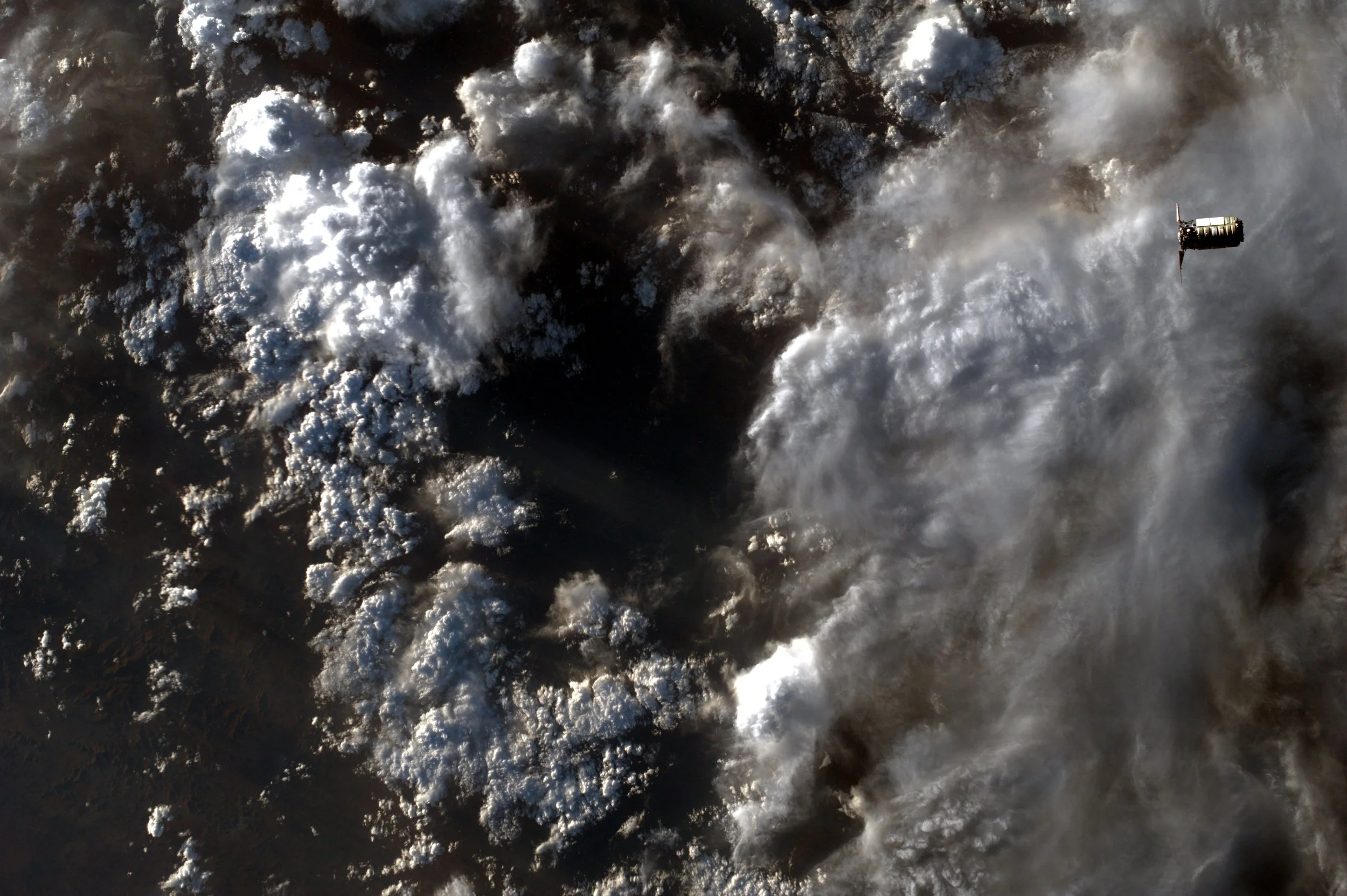
Cygnus NG-18 (top right)
The Cygnus NG-18 launched on 7 November 2022 and was captured by the ISS (International Space Station) soon after this photo was taken. If you look closely, it only has one of its solar panels deployed as the other malfunctioned. NG-18 is the 18th flight of the Northrop Grumman robotic resupply spacecraft Cygnus and its 16th flight to the ISS under the Commercial Resupply Services (CRS-2) contract with NASA.
Image: Thaman V.
-

Hawaii, United States
Time Taken (GMT) 2022/312/16:45:09
Orbit 758
Lens (mm) 50.00
Frame Width (km) 192.47
Frame Height (km) 127.63
Nadir 19.94° N, 155.02° W
Center 19.94° N, 155.02° W
Image: Astra Nova Student
-
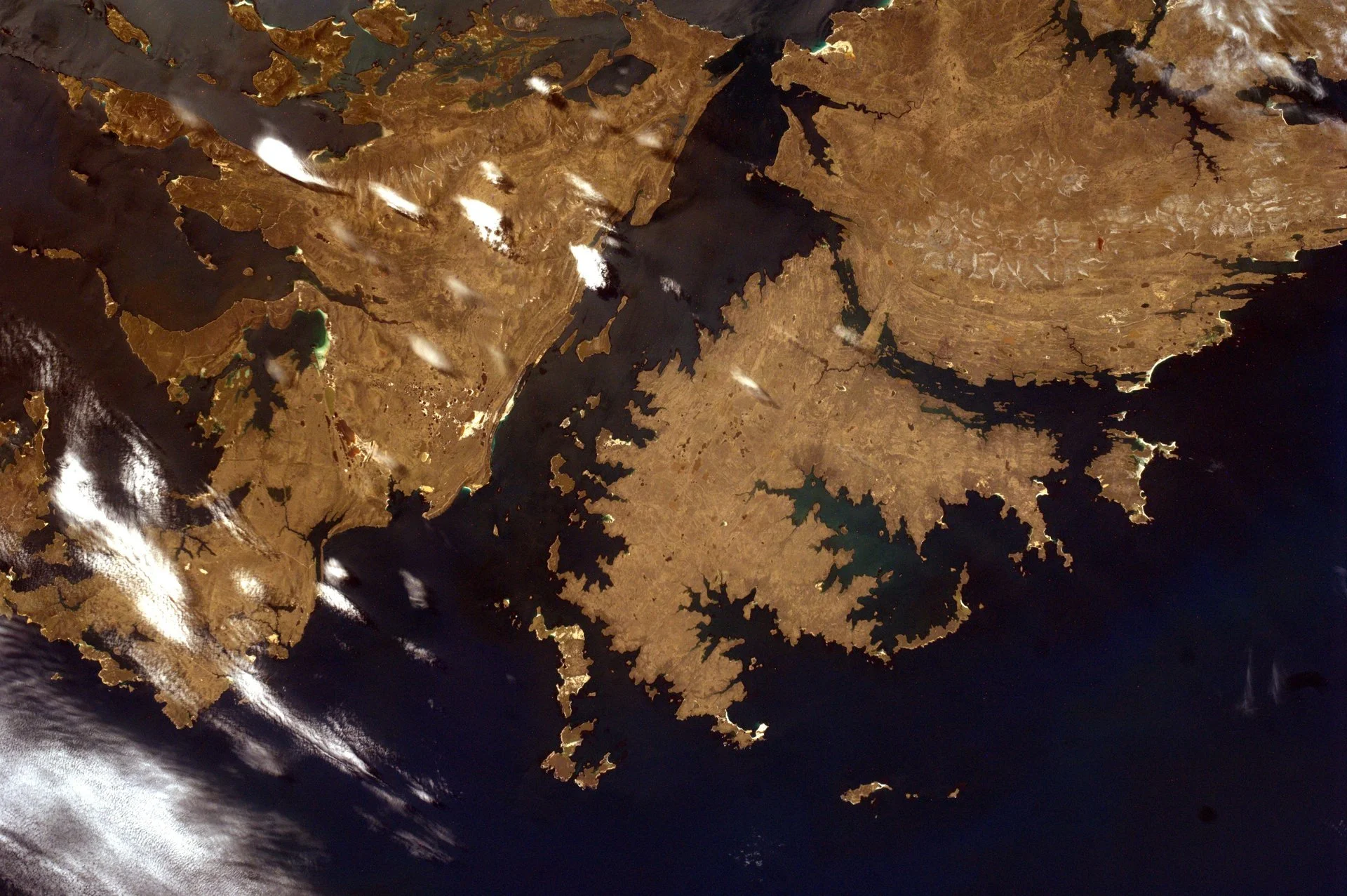
Falkland Islands
Time Taken (GMT) 2022/312/17:14:44
Orbit 758
Lens (mm) 50.00
Frame Width (km) 200.71
Frame Height (km) 133.56
Nadir 51.78° S, 57.78° W
Center 51.78° S, 57.78° W
Image: Astra Nova Student
-
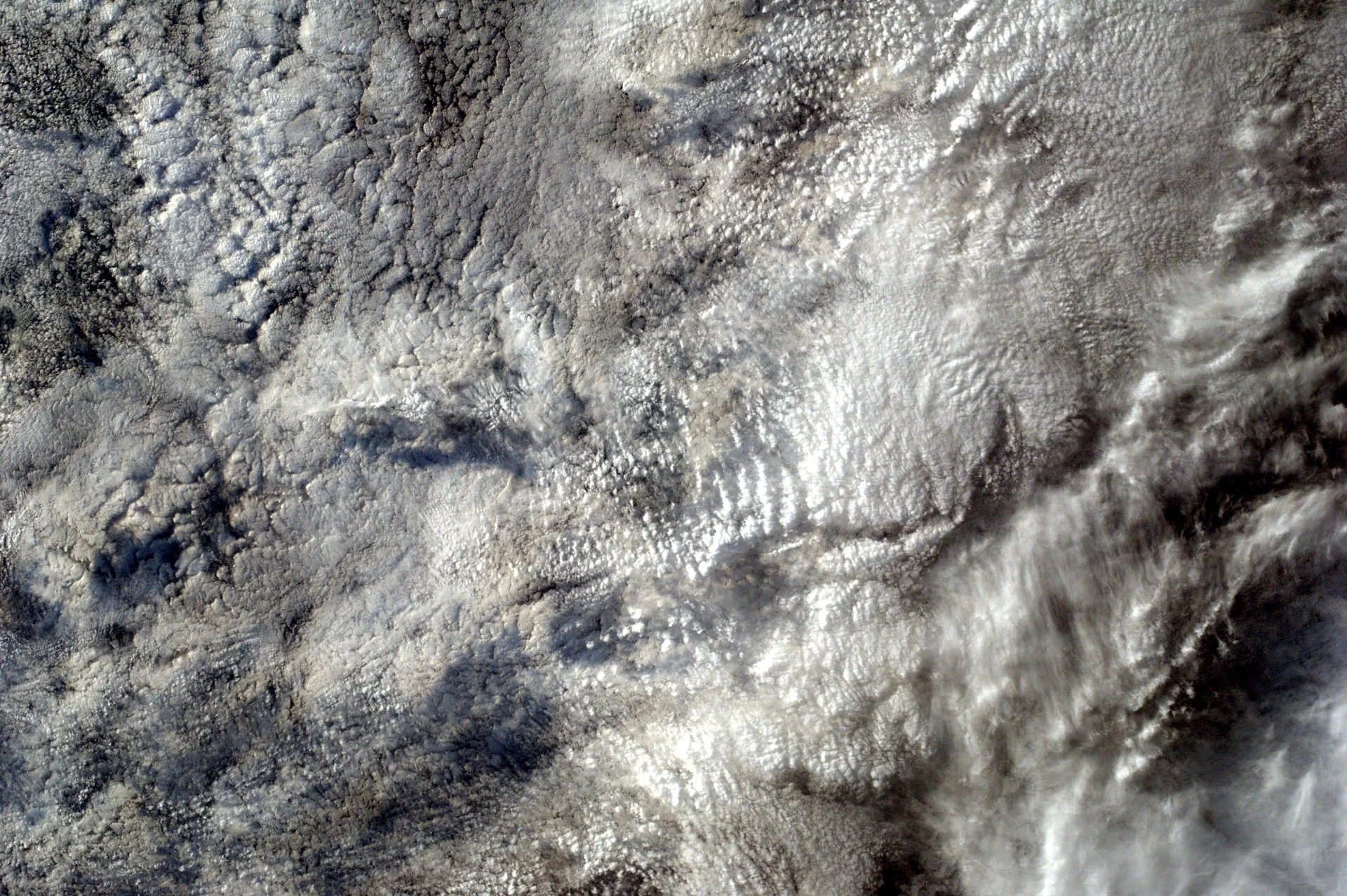
Chile, South America
Time Taken (GMT) 2022/312/22:05:04
Orbit 761
Lens (mm) 50.00
Frame Width (km) 196.57
Frame Height (km) 130.48
Nadir 34.19° S, 72.05° W
Center 34.19° S, 72.05° W
Image: Astra Nova Student
-

Australia
Time Taken (GMT) 2022/312/23:08:18
Orbit 762
Lens (mm) 50.00
Frame Width (km) 195.61
Frame Height (km) 129.68
Nadir 15.6° S, 136.89° E
Center 15.6° S, 136.89° E
Image: Astra Nova Student
-

Australia
Time Taken (GMT) 2022/312/23:09:15
Orbit 762
Lens (mm) 50.00
Frame Width (km) 195.99
Frame Height (km) 129.96
Nadir 18.41° S, 139.15° E
Center 18.41° S, 139.15° E
Image: Astra Nova Student
-
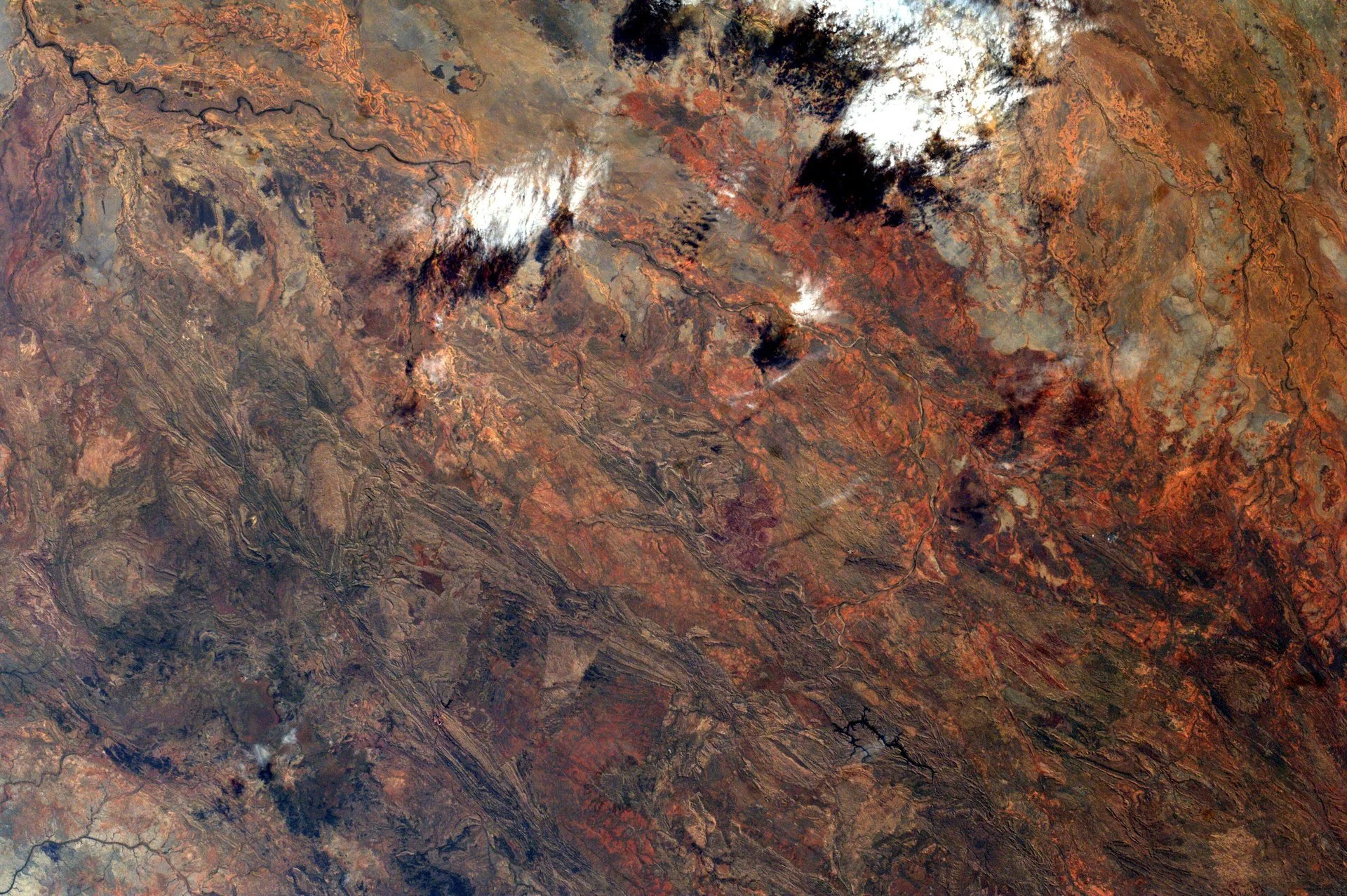
Australia
Time Taken (GMT) 2022/312/23:09:15
Orbit 762
Lens (mm) 50.00
Frame Width (km) 195.99
Frame Height (km) 129.96
Nadir 18.41° S, 139.15° E
Center 18.41° S, 139.15° E
Image: Astra Nova Student
-

Australia
2022/312/23:10:25 (GMT)
Orbit 762
Lens (mm) 50.00
Frame Width (km) 196.53
Frame Height (km) 130.31
Nadir 21.82° S, 142.03° E
Center 21.82° S, 142.03° E
Image: Astra Nova Student
-

Australia
2022/312/23:11:46 (GMT)
Orbit 762
Lens (mm) 50.00
Frame Width (km) 197.12
Frame Height (km) 130.83
Nadir 25.67° S, 145.55° E
Center 25.67° S, 145.55° E
Image: Astra Nova Student
-

New Zealand
2022/312/23:19:03 (GMT)
Orbit 762
Lens (mm) 50.00
Frame Width (km) 199.91
Frame Height (km) 132.84
Nadir 43.74° S, 170.33° E
Center 43.74° S, 170.33° E
Image: Astra Nova Student
-

Australia
2022/313/00:44:09 (GMT)
Orbit 763
Lens (mm) 50.00
Frame Width (km) 196.92
Frame Height (km) 130.57
Nadir 24.36° S, 120.72° E
Center 24.36° S, 120.72° E
Image: Astra Nova Student
-
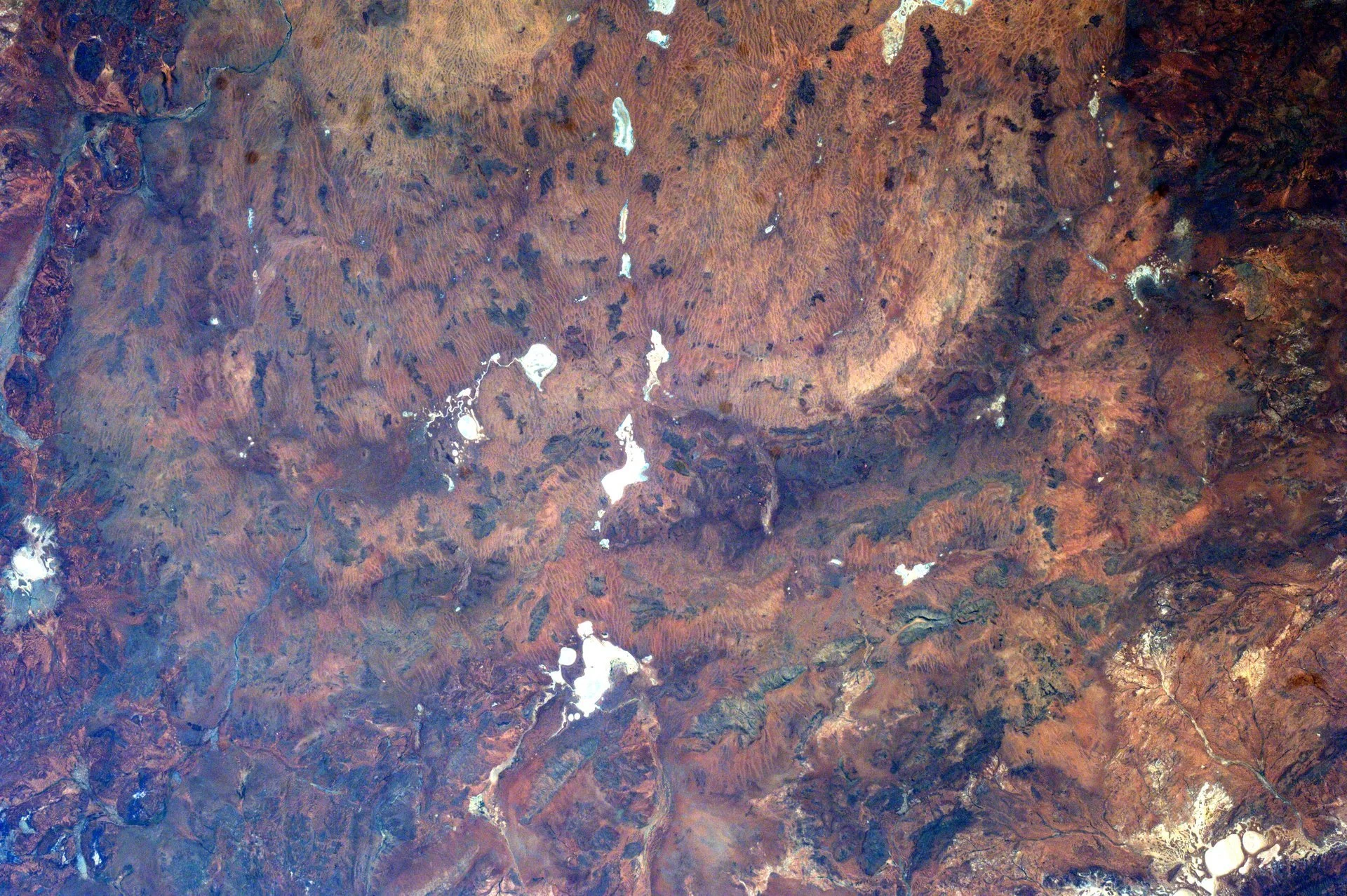
Australia
2022/313/00:44:29 (GMT)
Orbit 763
Lens (mm) 50.00
Frame Width (km) 197.04
Frame Height (km) 130.71
Nadir 25.3° S, 121.60° E
Center 25.3° S, 121.60° E
Image: Astra Nova Student
-

Australia
2022/313/00:44:57 (GMT)
Orbit 763
Lens (mm) 50.00
Frame Width (km) 197.22
Frame Height (km) 130.84
Nadir 26.62° S, 122.87° E
Center 26.62° S, 122.87° E
Image: Astra Nova Student
-

Chad, Africa
2022/313/05:08:53 (GMT)
Orbit 766
Lens (mm) 50.00
Frame Width (km) 192.35
Frame Height (km) 127.48
Nadir 17.13° N, 18.52° E
Center 17.13° N, 18.52° E
Image: Astra Nova Student
-

Australia
2022/313/07:23:34 (GMT)
Orbit 767
Lens (mm) 50.00
Frame Width (km) 195.93
Frame Height (km) 130.07
Nadir 30.45° S, 150.78° E
Center 30.45° S, 150.78° E
Image: Astra Nova Student
-
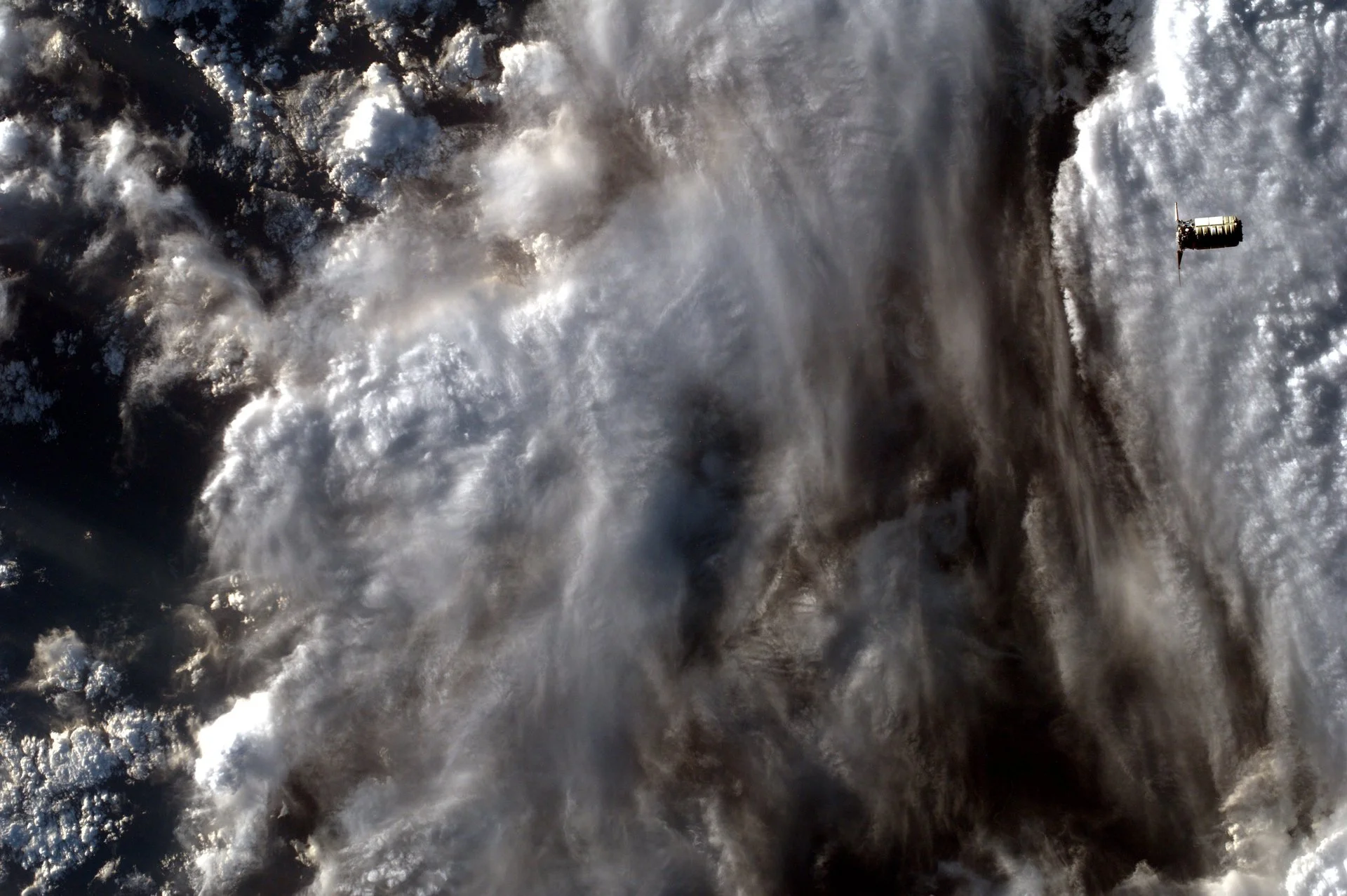
Australia
2022/313/08:58:47 (GMT)
Orbit 768
Lens (mm) 50.00
Frame Width (km) 194.68
Frame Height (km) 129.12
Nadir 23.85° S, 133.78° E
Center 23.85° S, 133.78° E
Image: Astra Nova Student
-
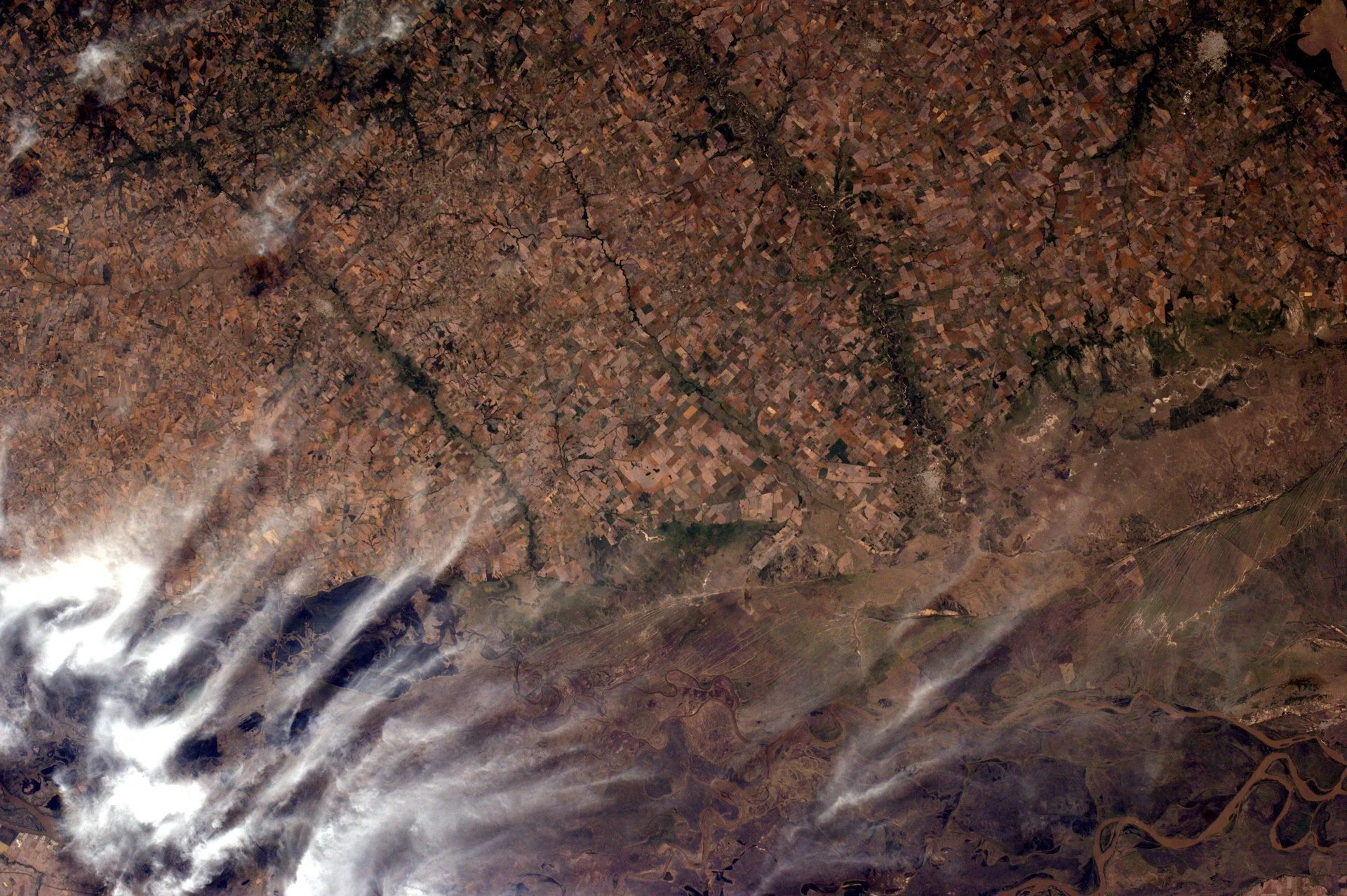
Argentina, S. America
2022/313/13:10:15 (GMT)
Orbit 771
Lens (mm) 50.00
Frame Width (km) 198.36
Frame Height (km) 131.65
Nadir 33.43° S, 58.46° W
Center 33.43° S, 58.46° W
Image: Astra Nova Student
-
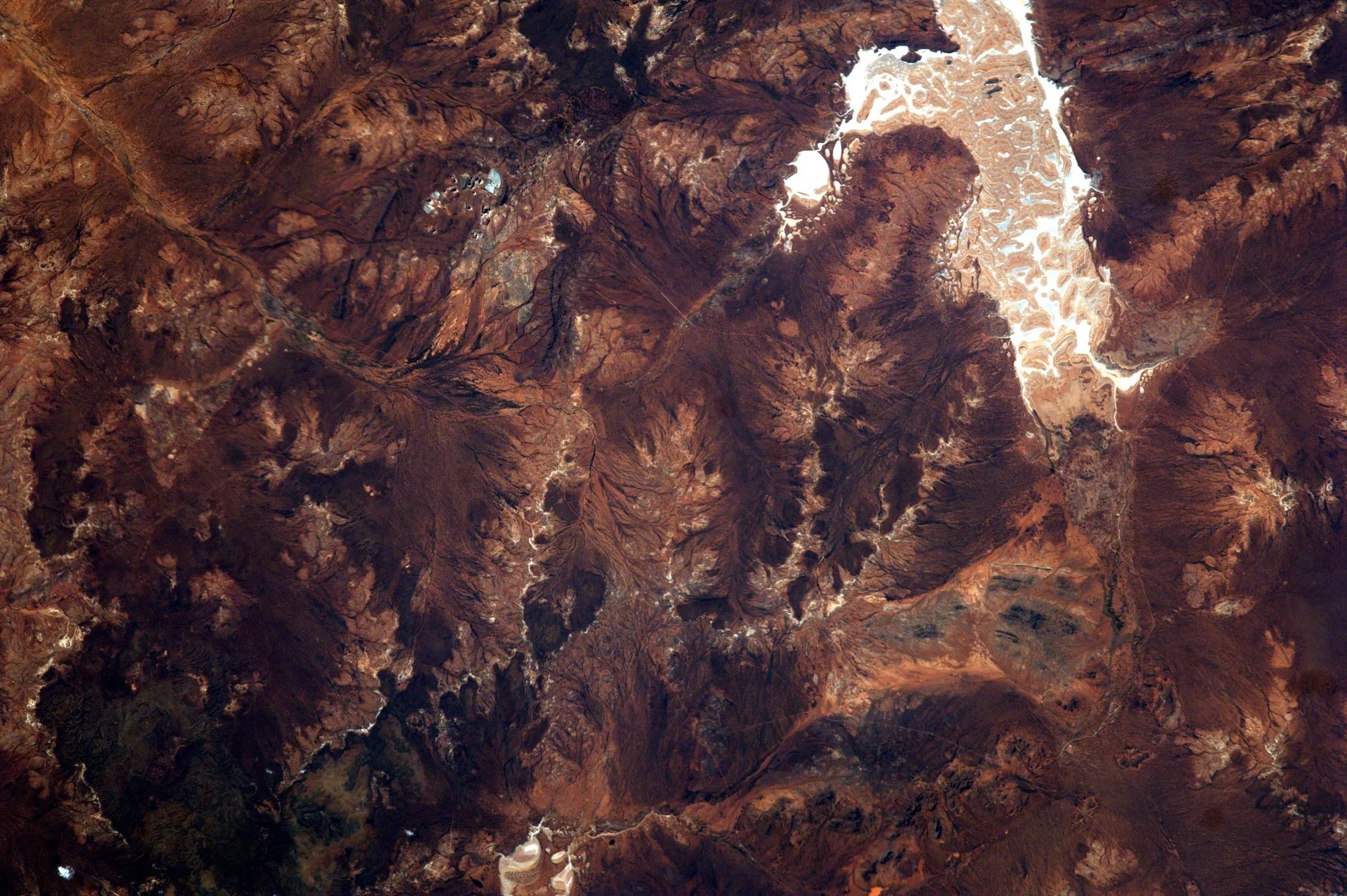
Australia
2022/315/08:55:44 (GMT)
Orbit 799
Lens (mm) 180.00
Frame Width (km) 58.46
Frame Height (km) 39.07
Nadir 27.4° S, 118.97° E
Center 27.4° S, 118.97° E
Image: Astra Nova Student
-

Australia
2022/315/08:56:48 (GMT)
Orbit 799
Lens (mm) 180.00
Frame Width (km) 58.37
Frame Height (km) 38.94
Nadir 24.39° S, 121.86° E
Center 24.39° S, 121.86° E
Image: Astra Nova Student
-
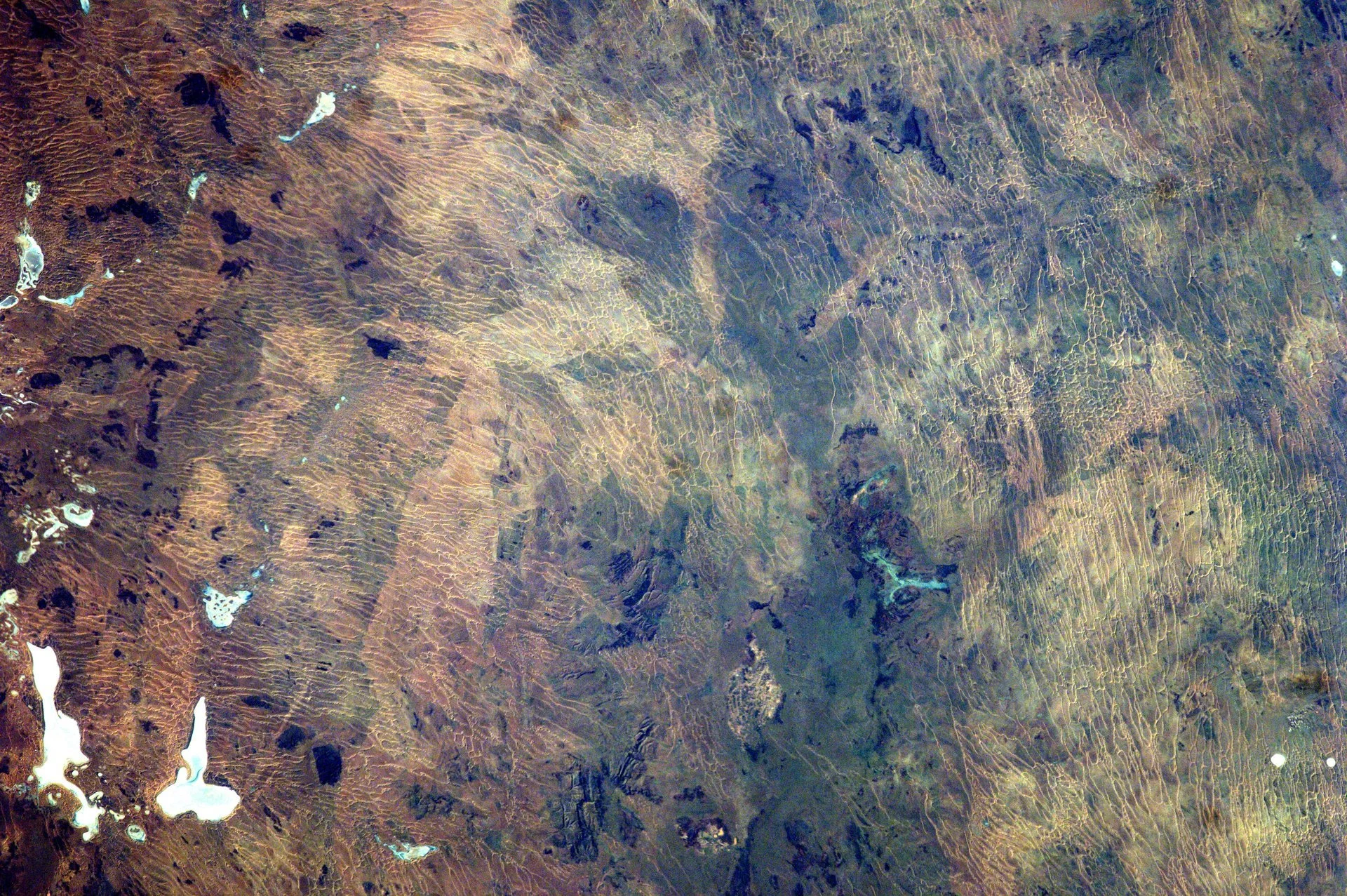
Australia
2022/315/08:57:07 (GMT)
Orbit 799
Lens (mm) 180.00
Frame Width (km) 58.30
Frame Height (km) 38.90
Nadir 23.49° S, 122.69° E
Center 23.49° S, 122.69° E
Image: Astra Nova Student
-
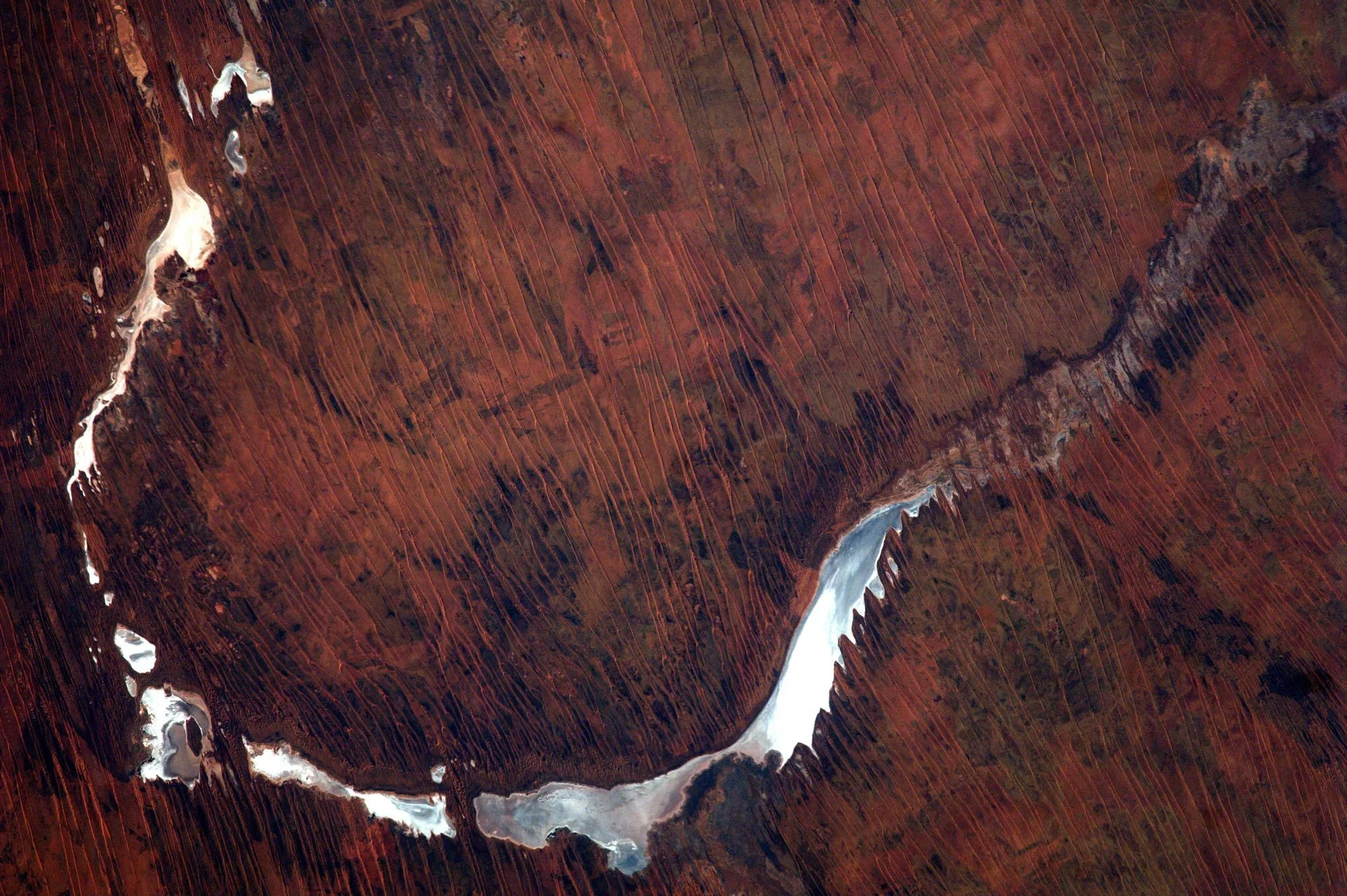
Australia
2022/315/08:57:47 (GMT)
Orbit 799
Lens (mm) 180.00
Frame Width (km) 58.20
Frame Height (km) 38.80
Nadir 21.57° S, 124.39° E
Center 21.57° S, 124.39° E
Image: Astra Nova Student
-
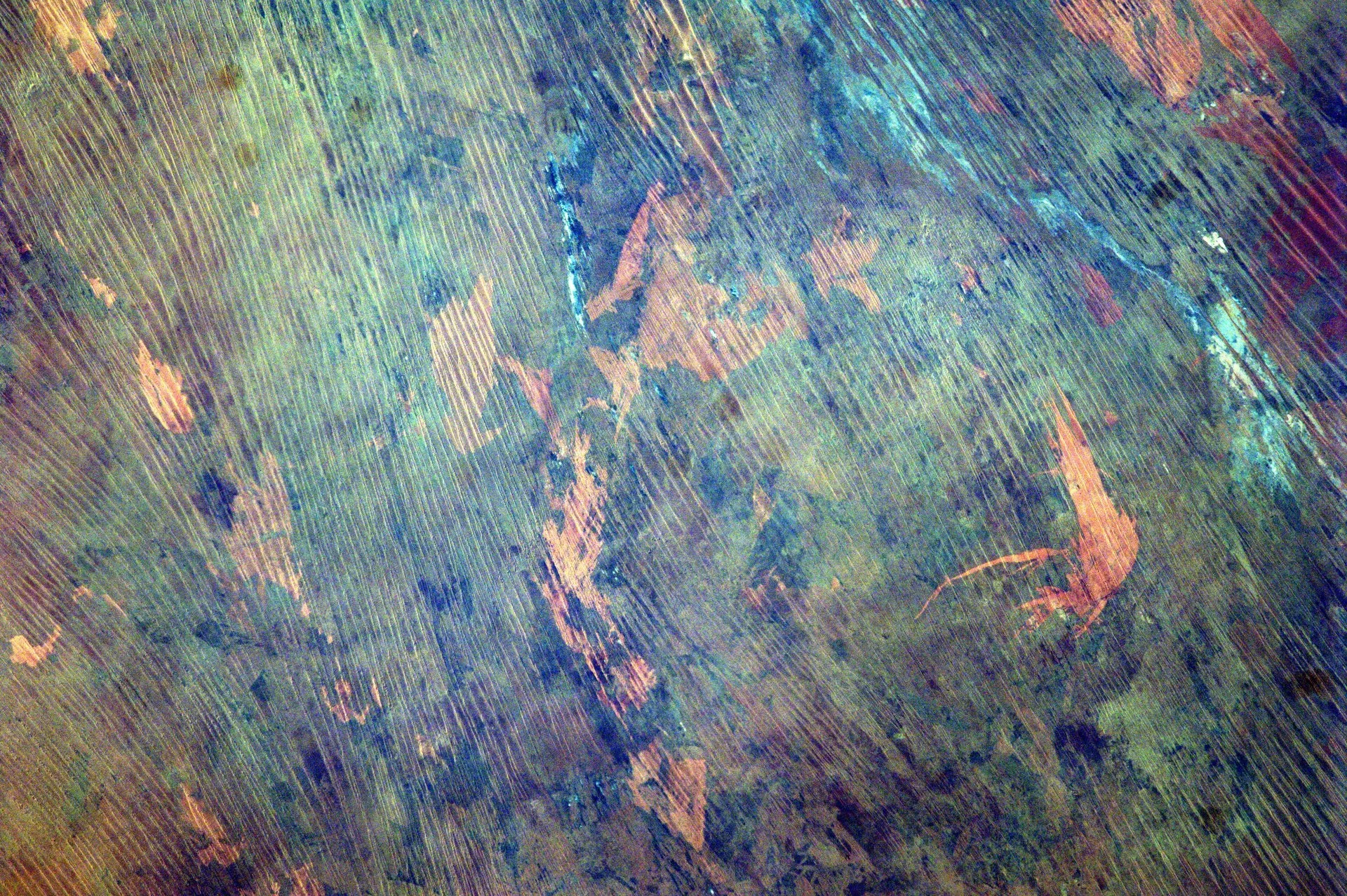
Australia
2022/315/08:58:30 (GMT)
Orbit 799
Lens (mm) 180.00
Frame Width (km) 58.03
Frame Height (km) 38.69
Nadir 19.48° S, 126.18° E
Center 19.48° S, 126.18° E
Image: Astra Nova Student
-
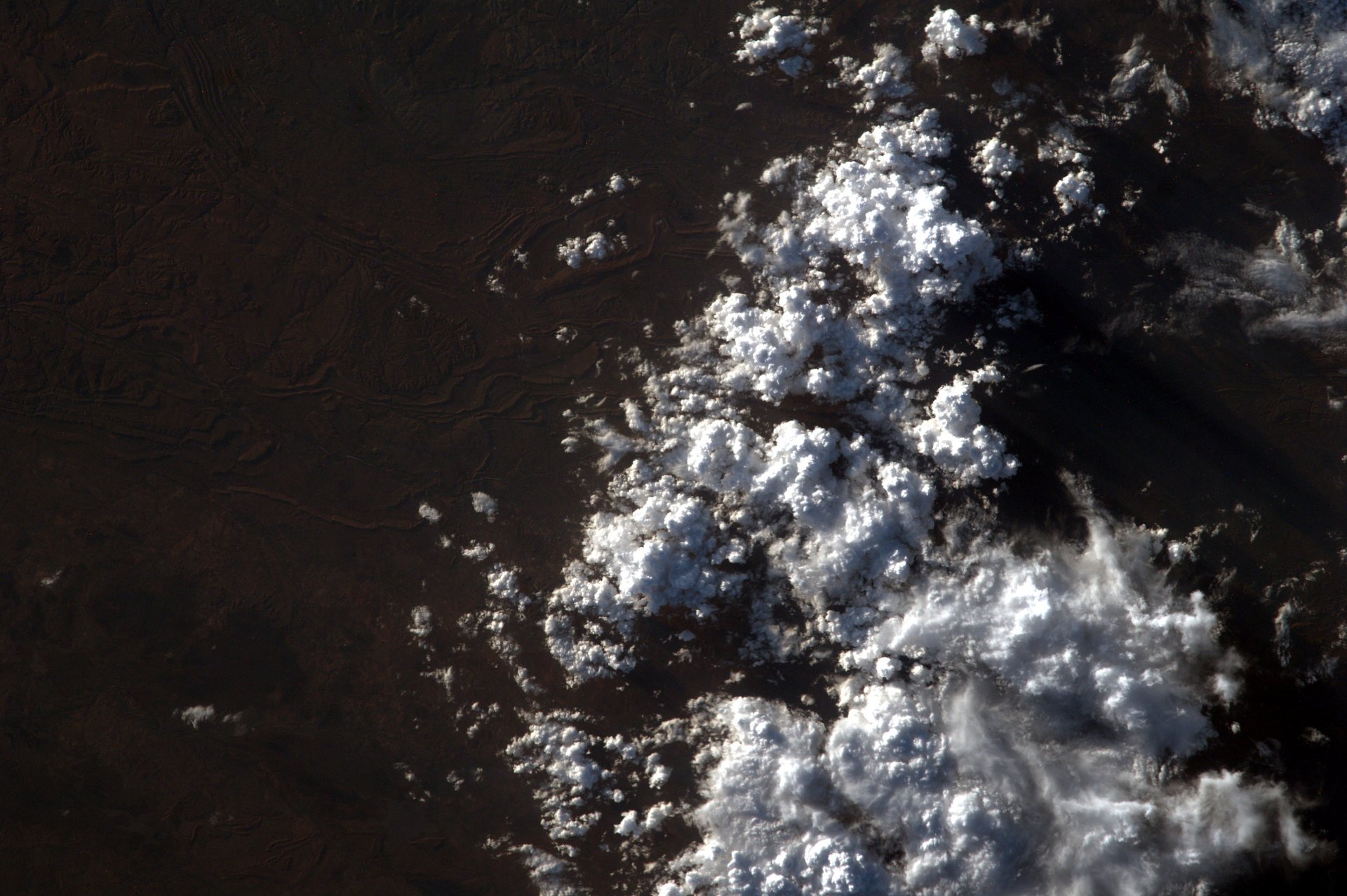
New List Item
Description goes here -
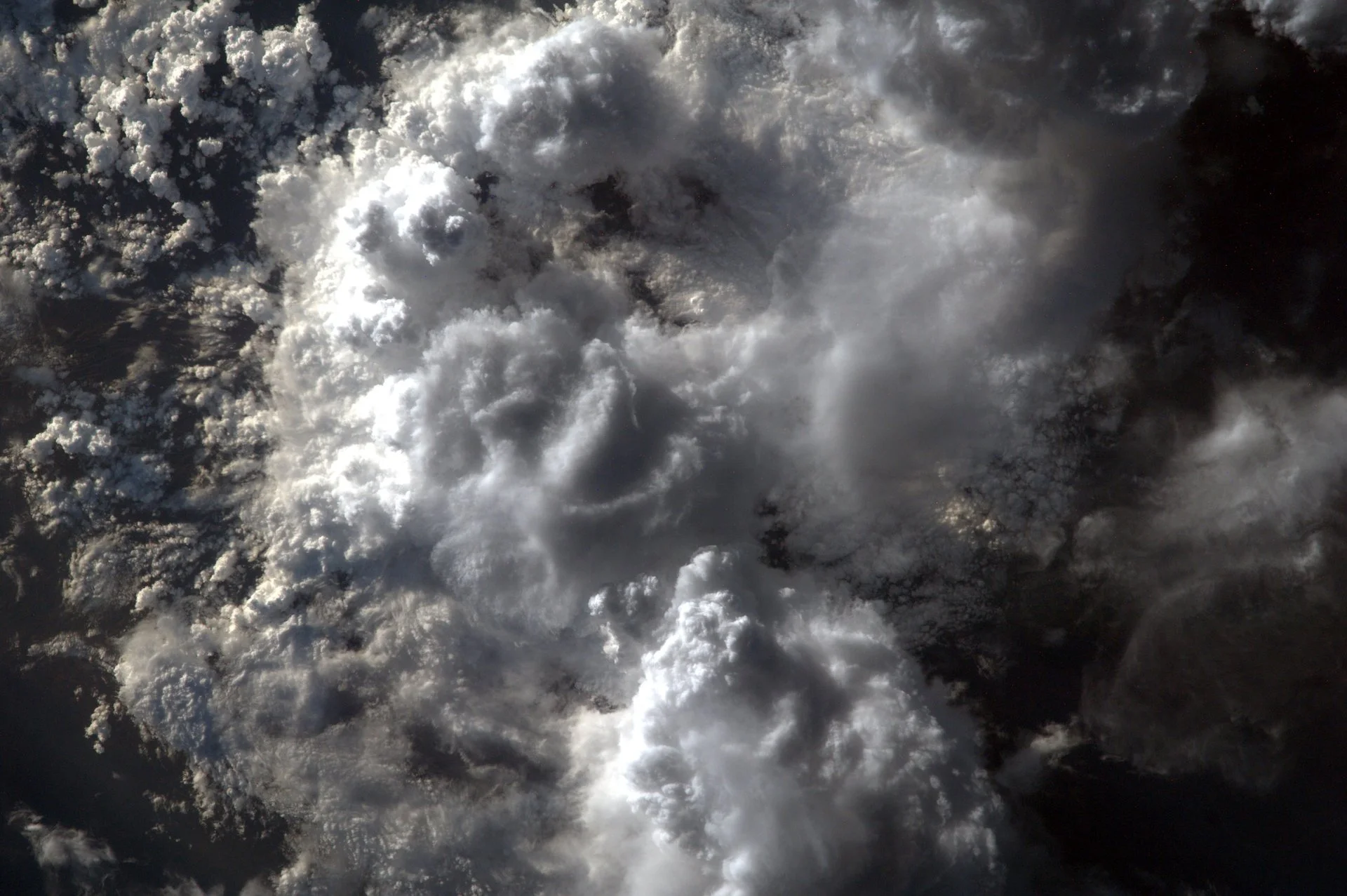
New List Item
Description goes here -
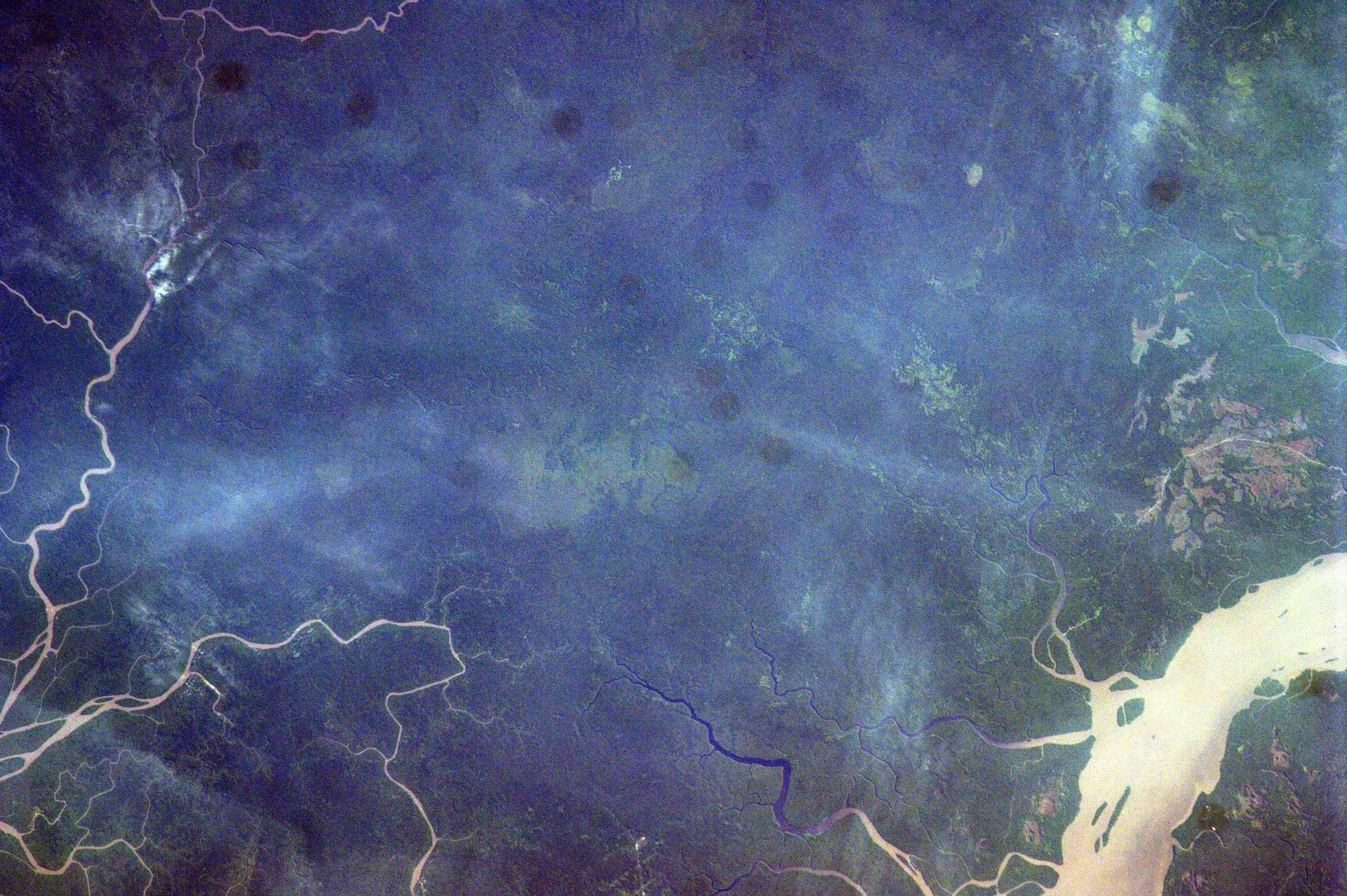
New List Item
Description goes here -
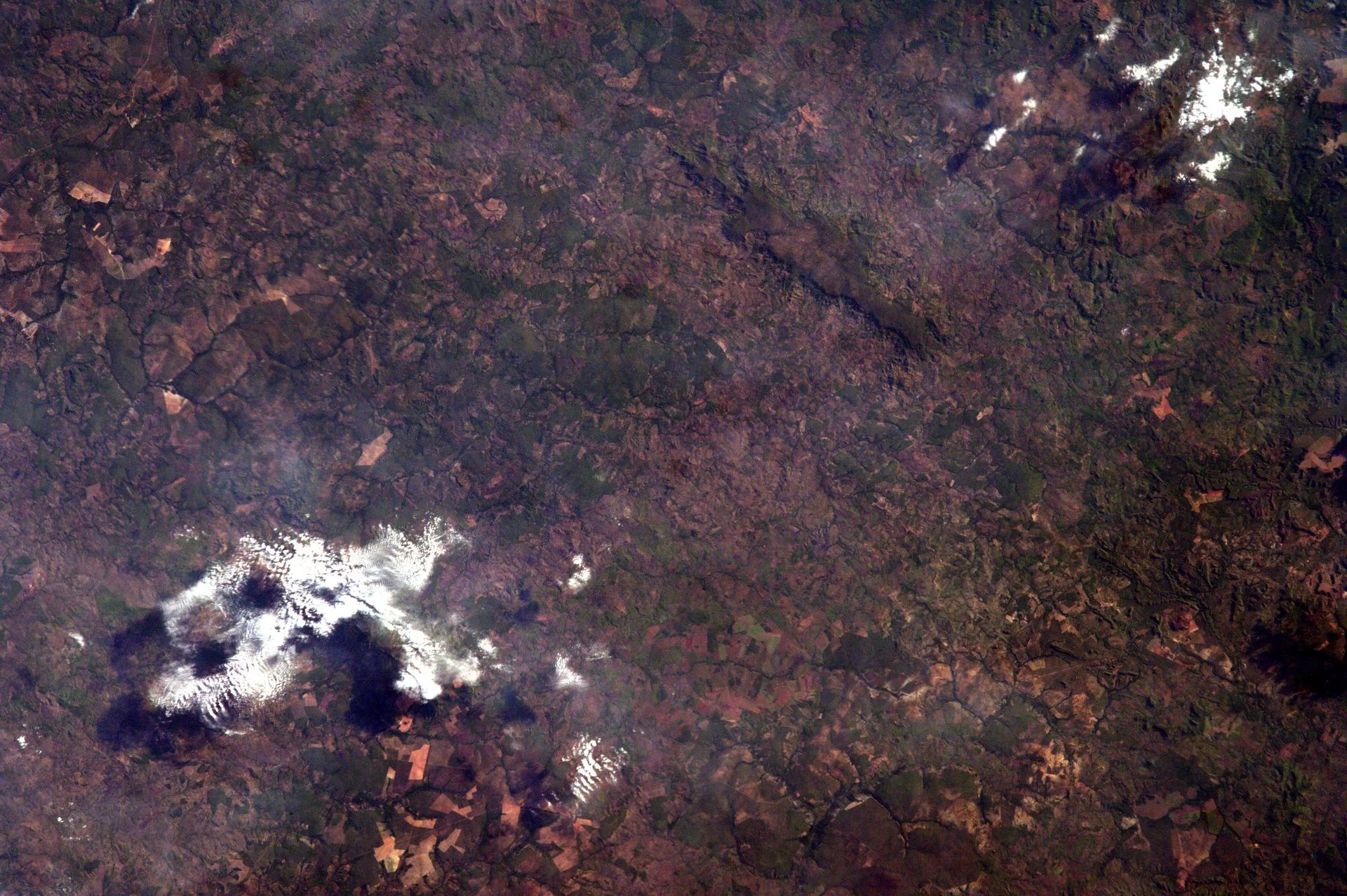
New List Item
Description goes here -
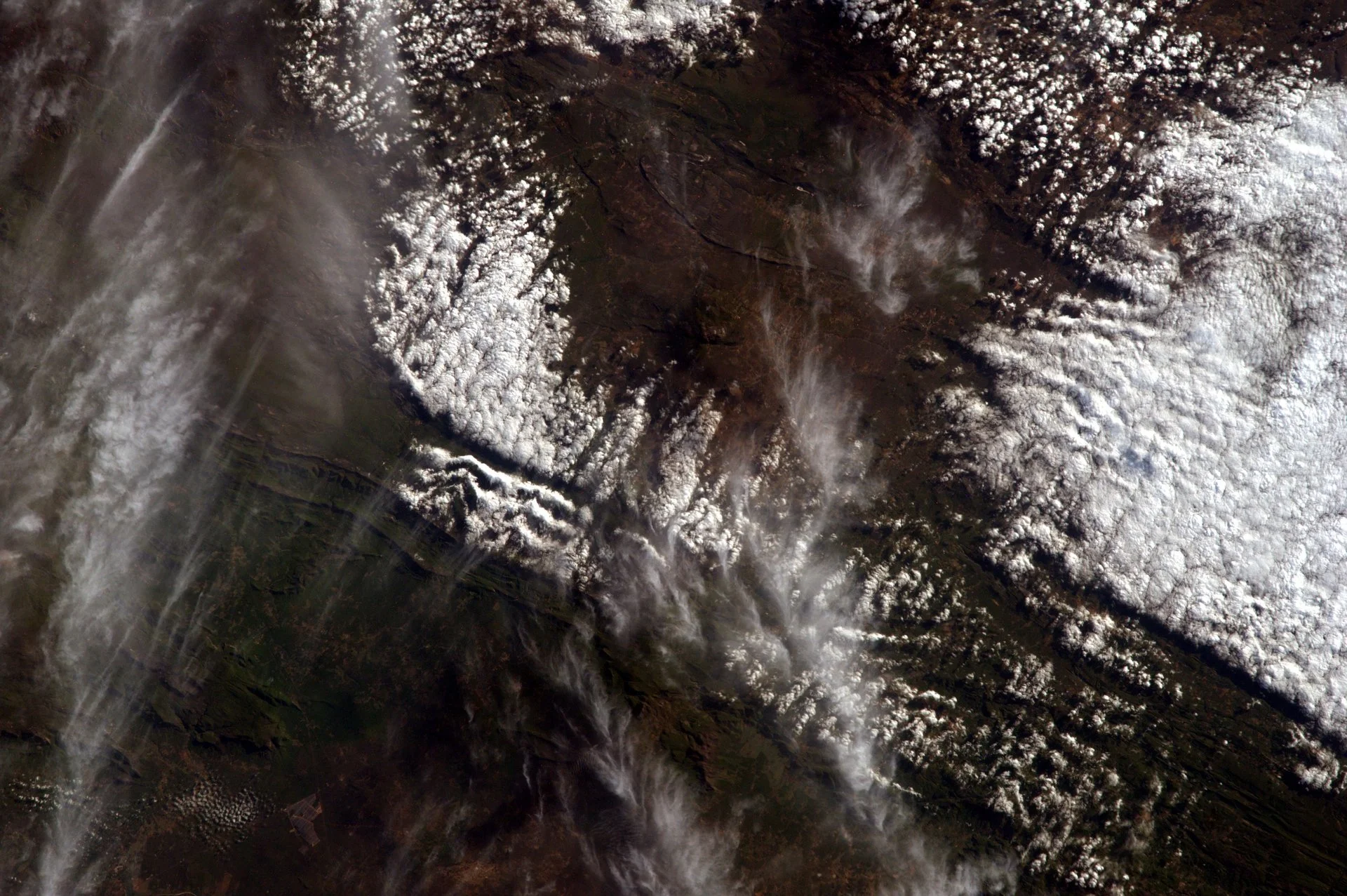
New List Item
Description goes here -
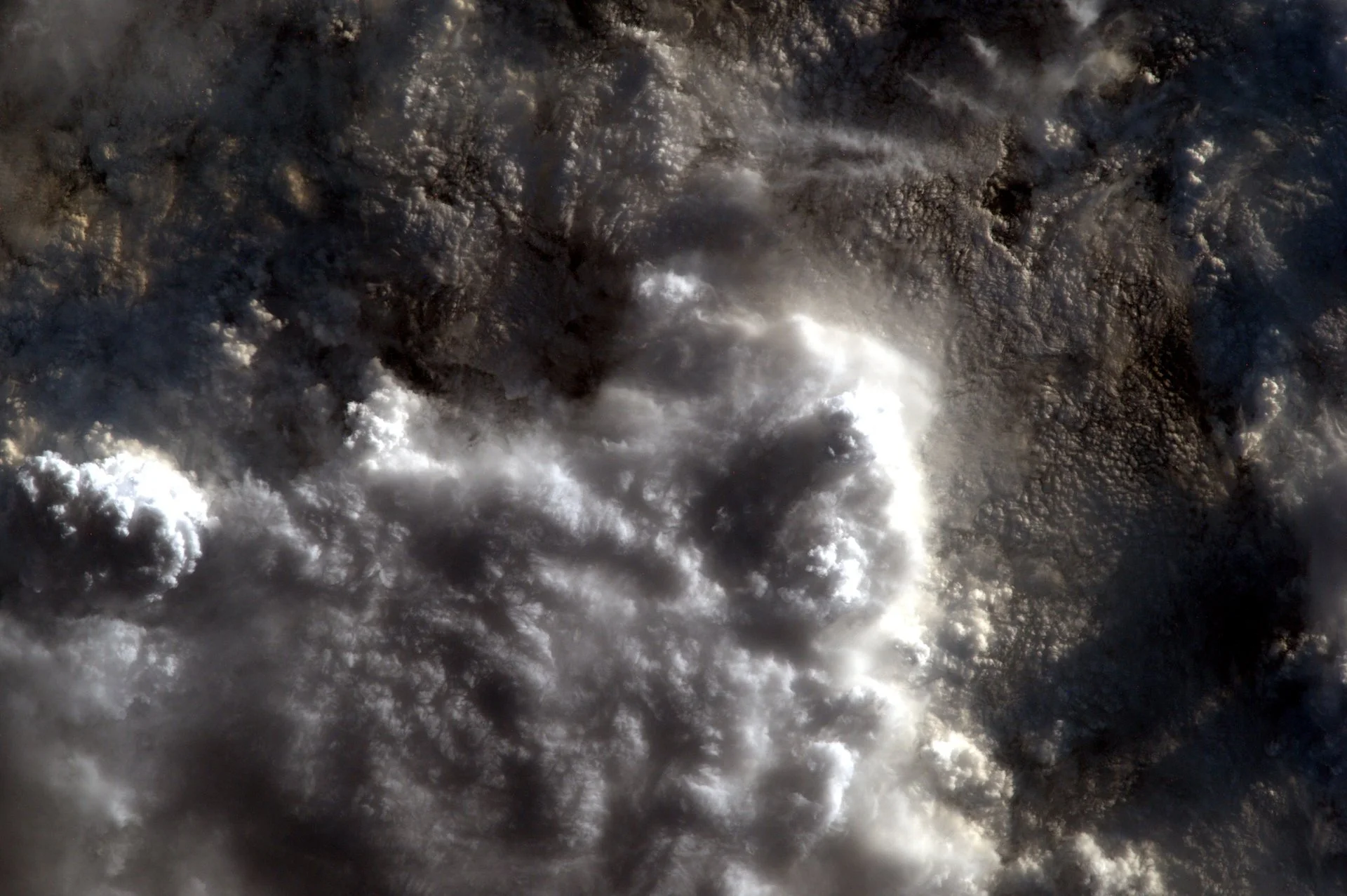
New List Item
Description goes here
Student Artwork sent to the International Space Station (ISS)
Thanks to ICE CUBES and Metavisionaries for sending my students artwork to the ISS with Project Maleth
From Students
